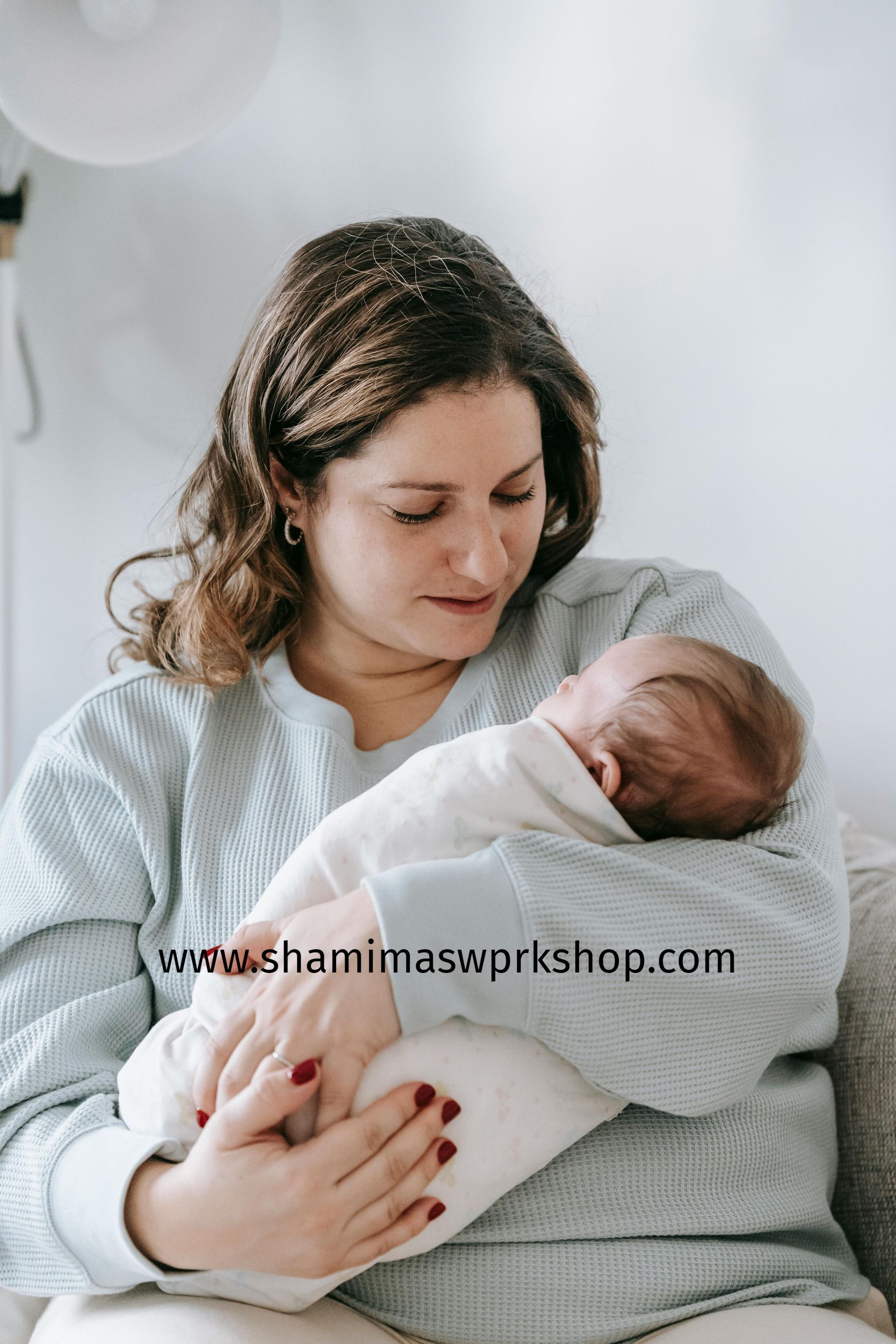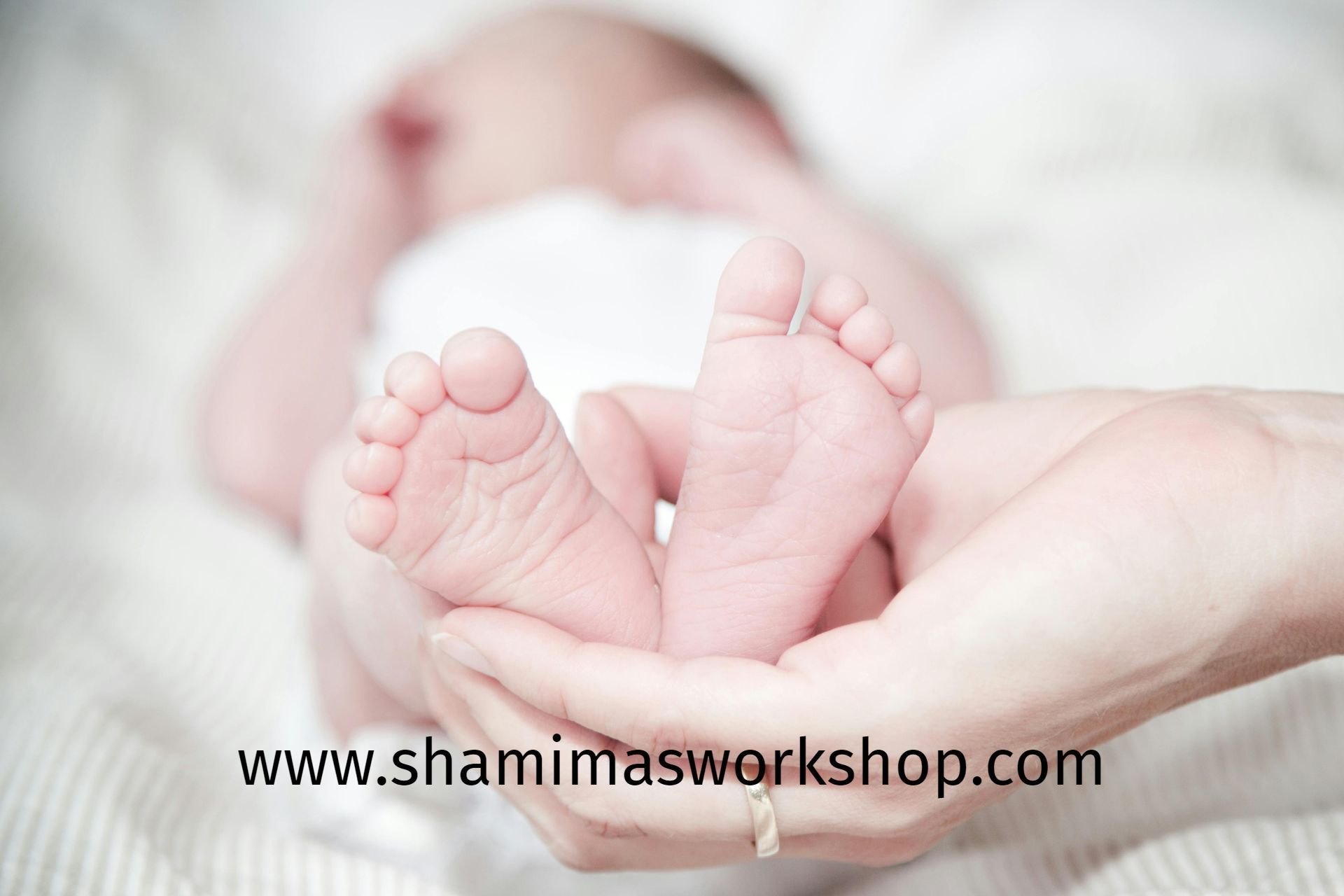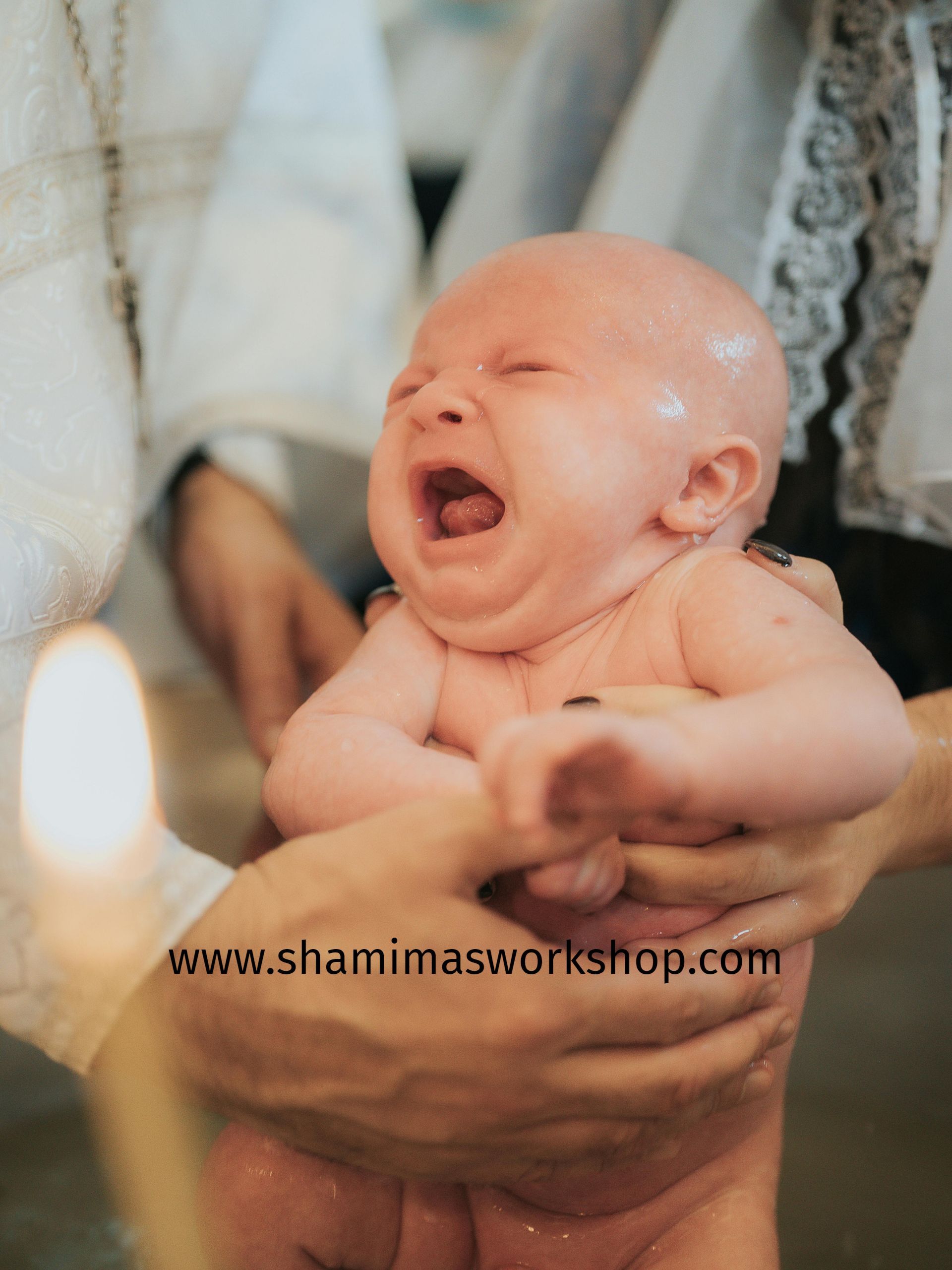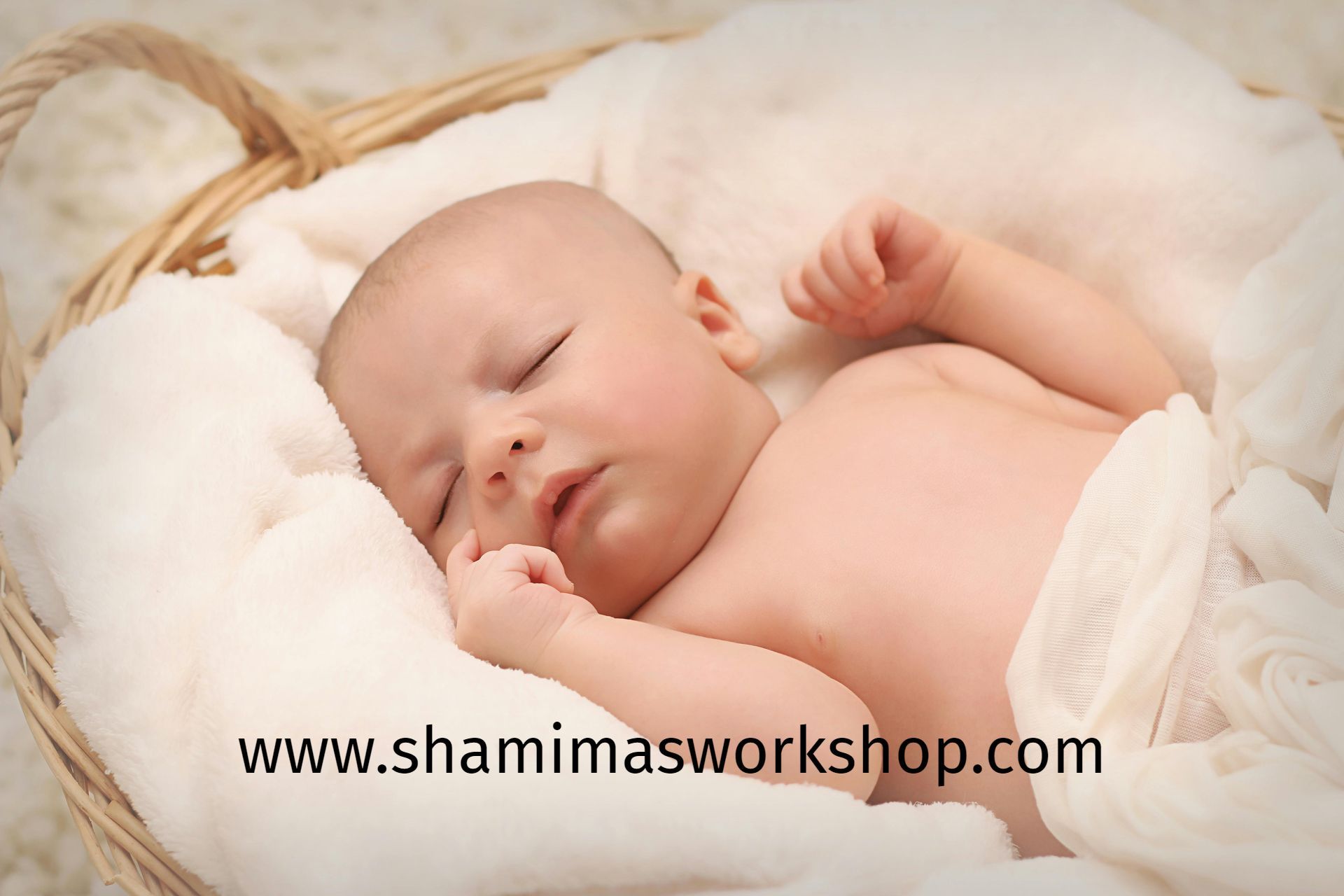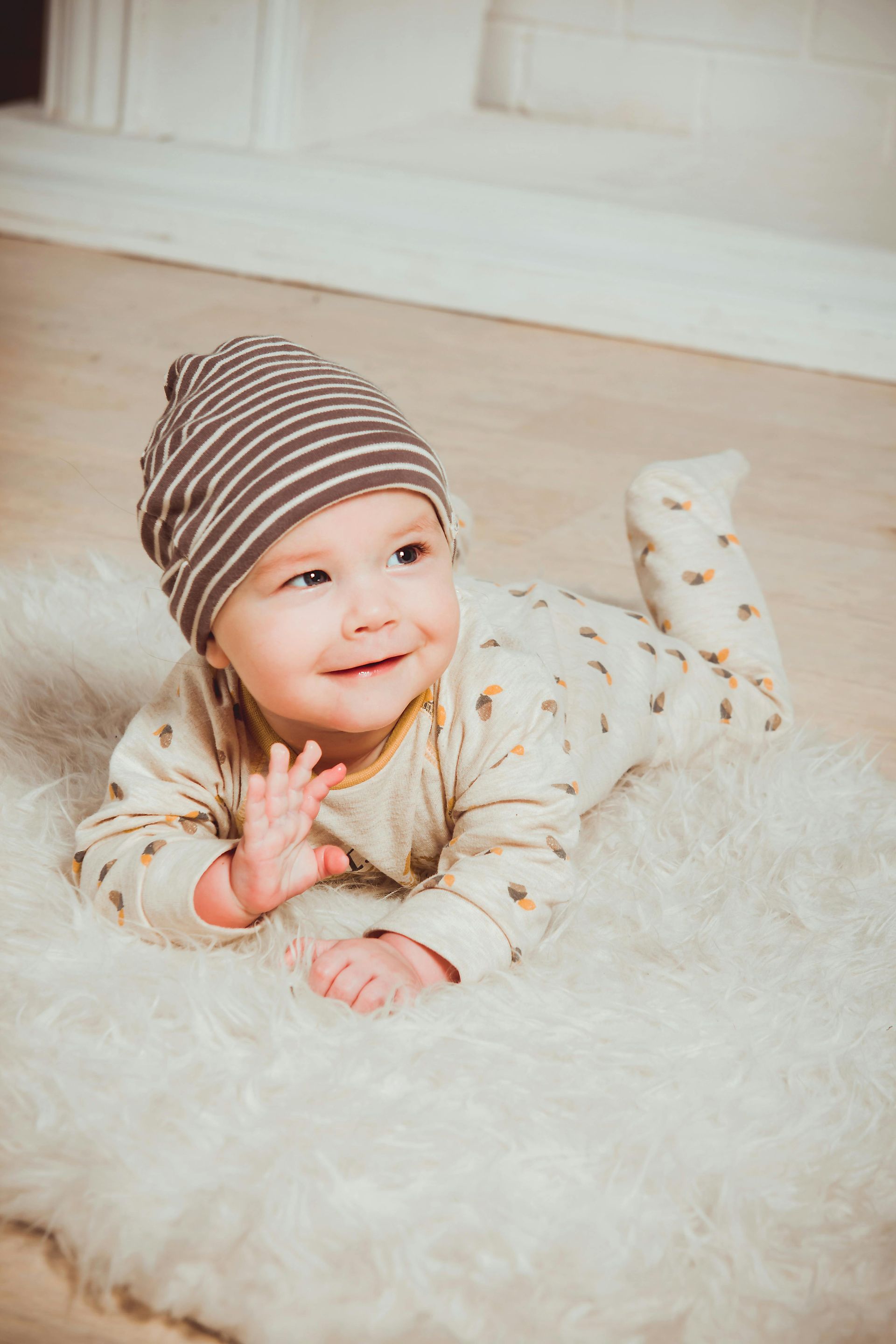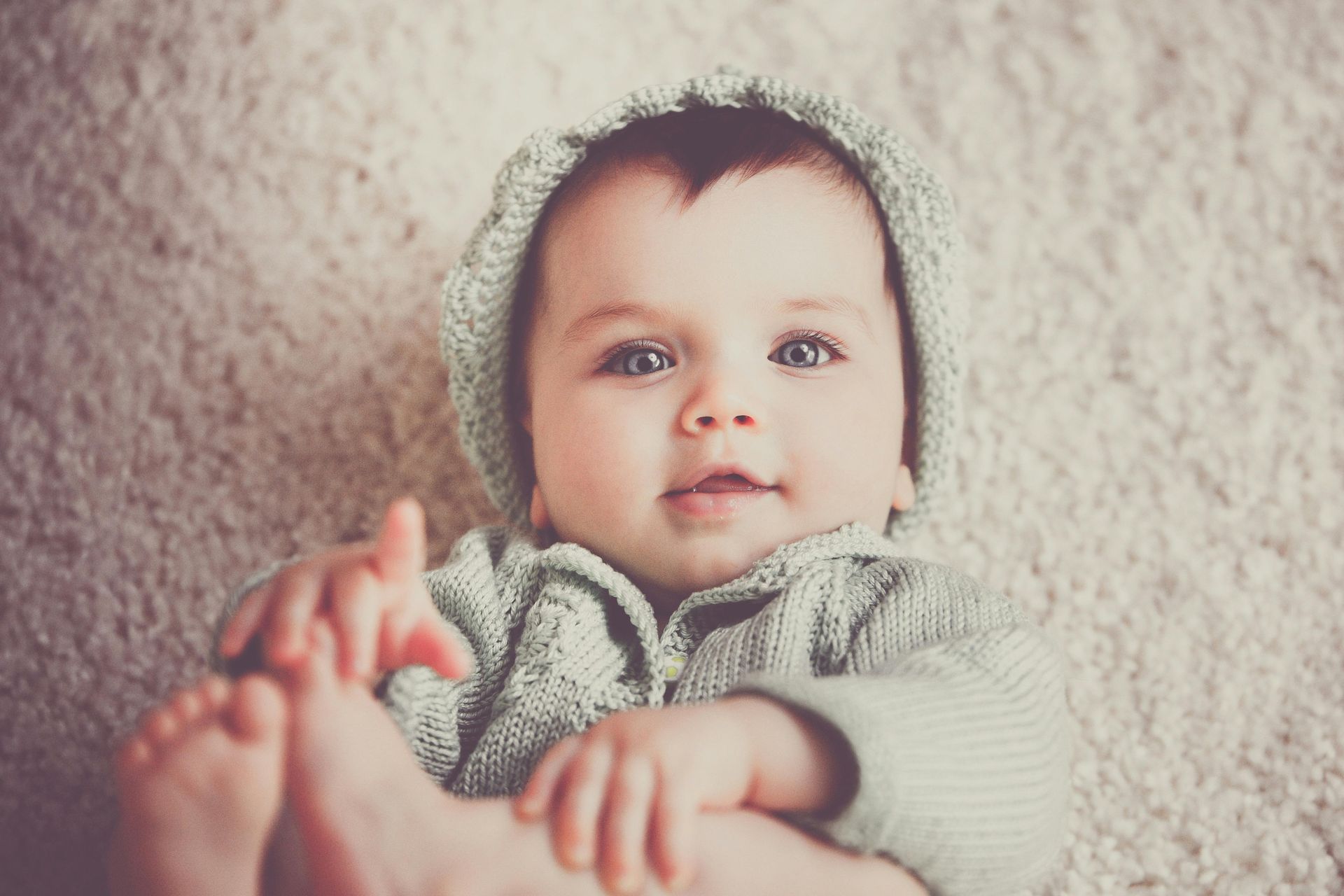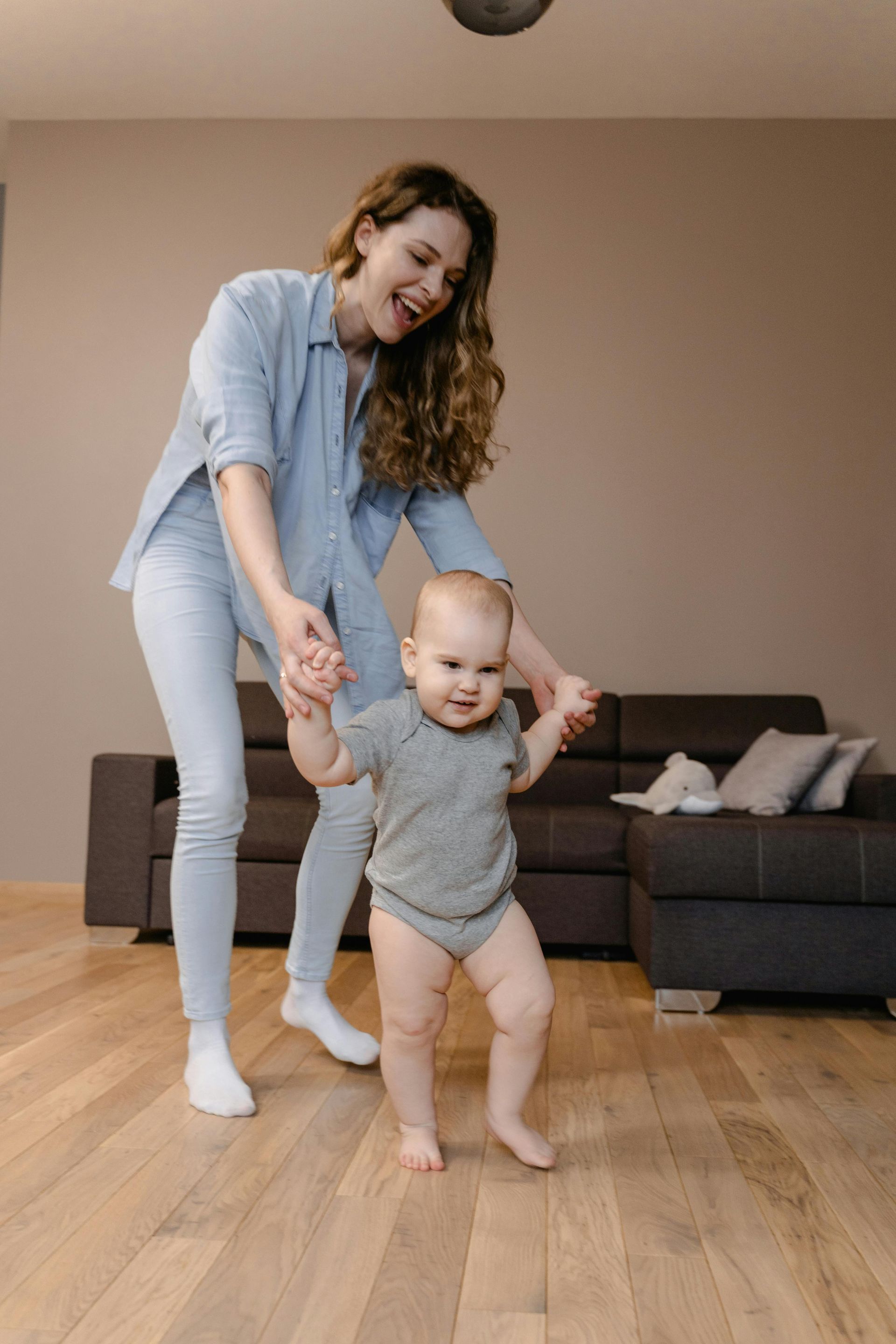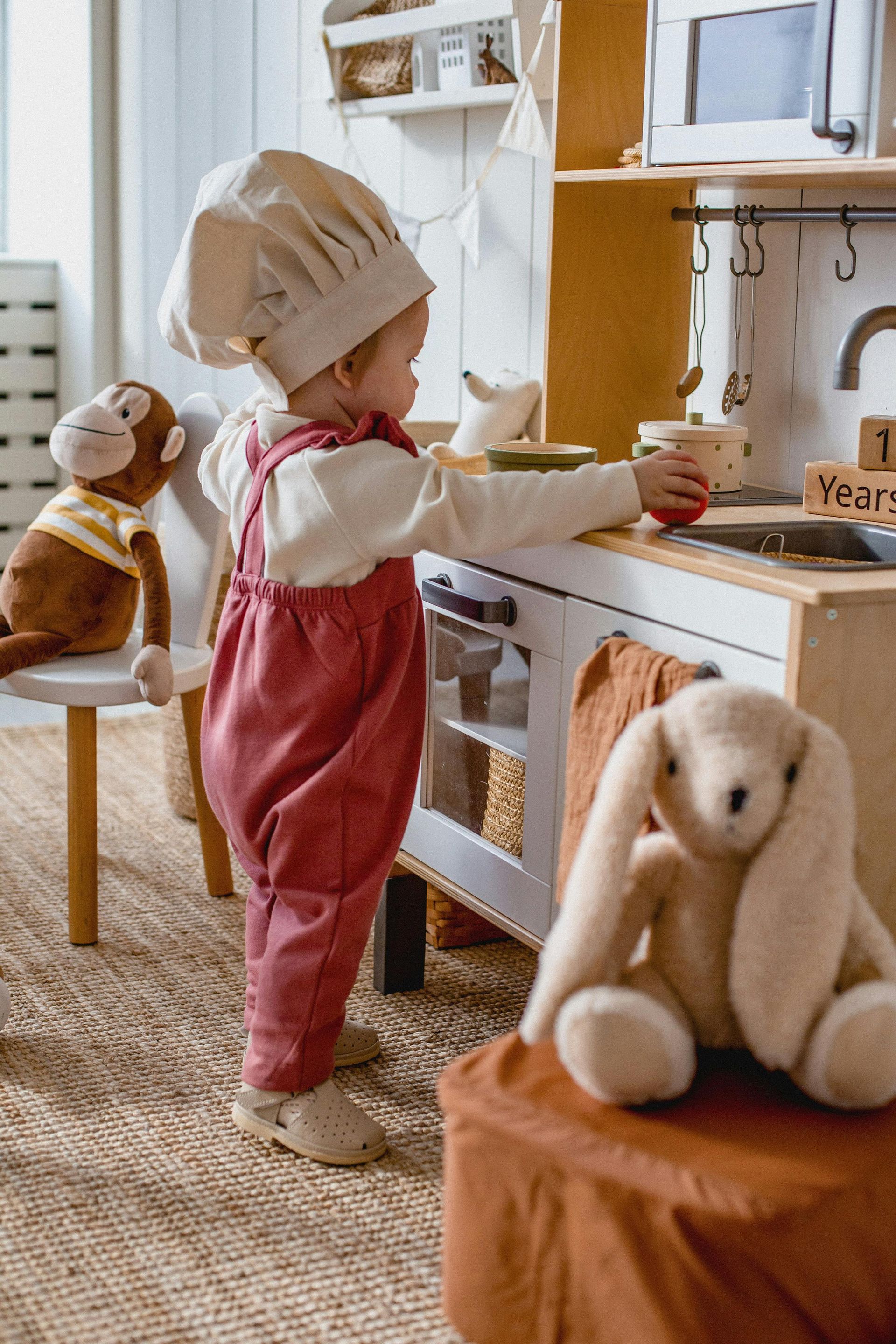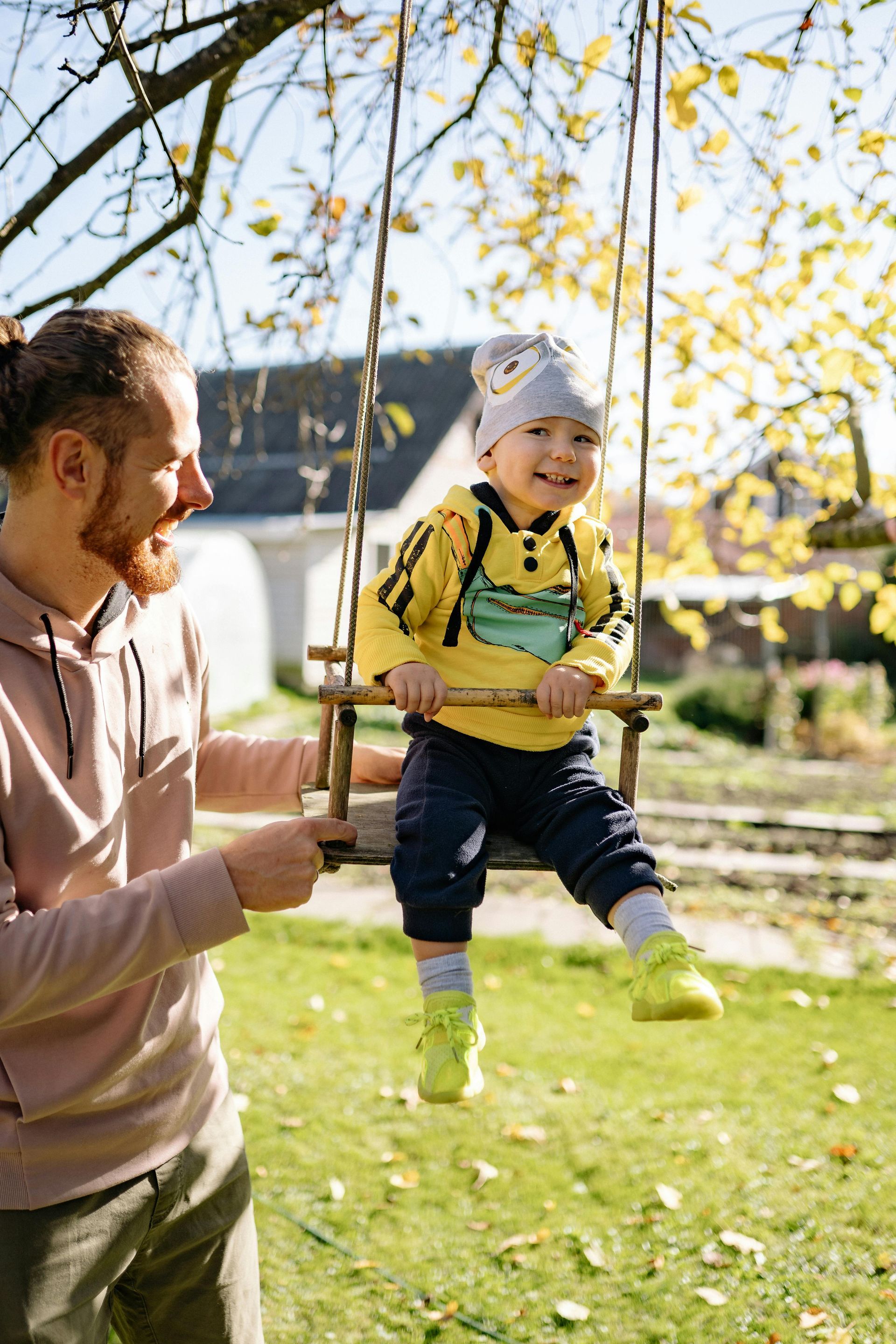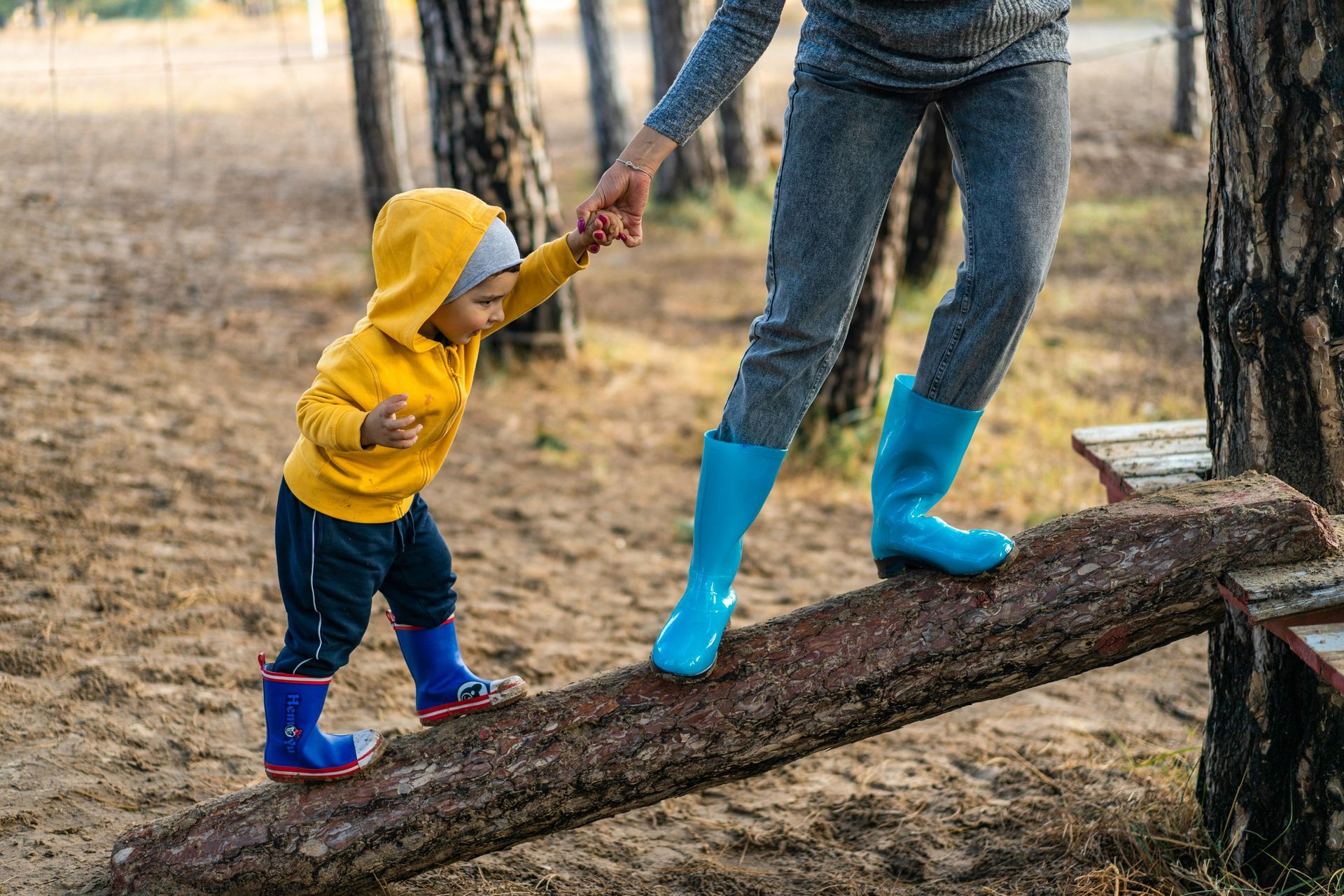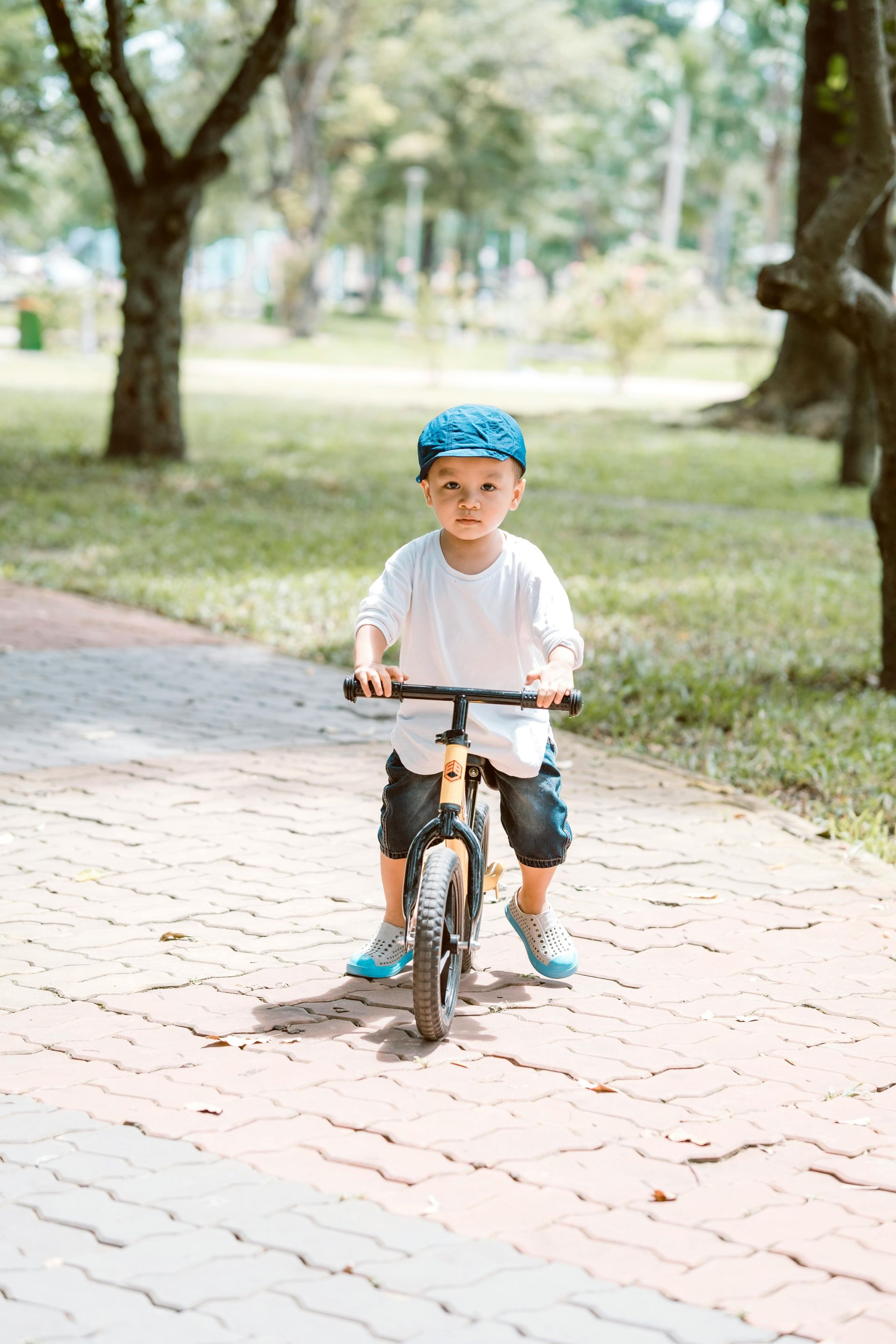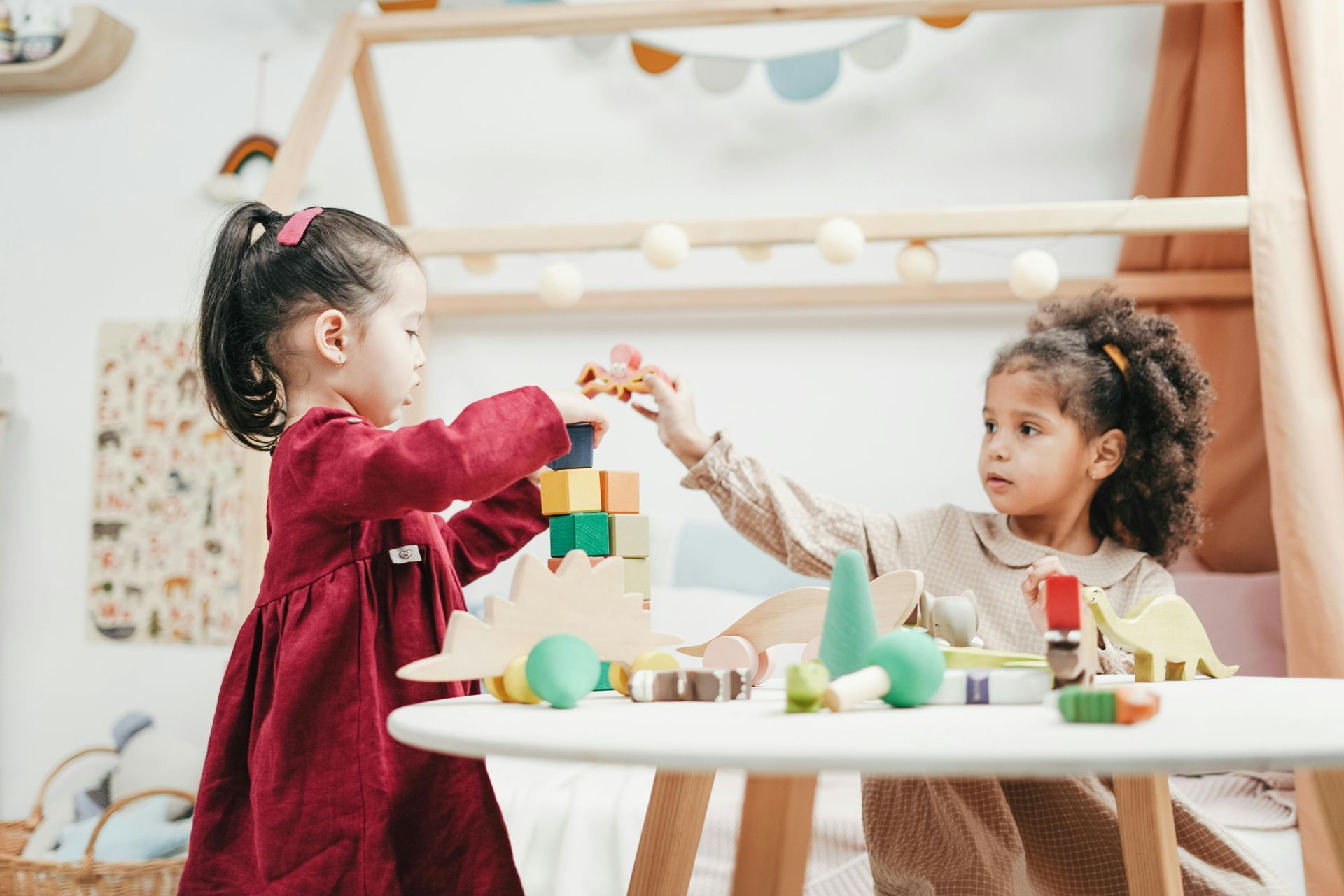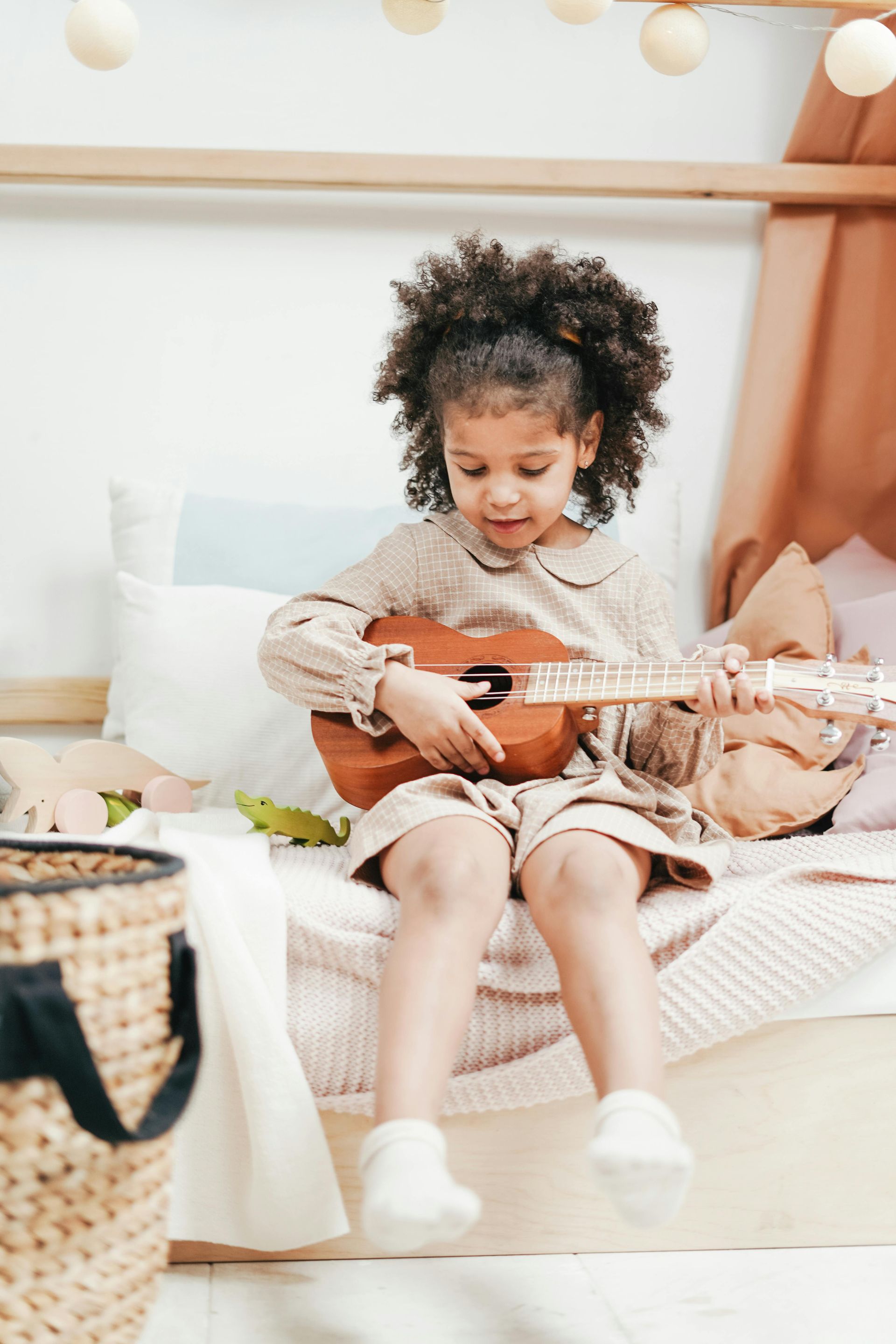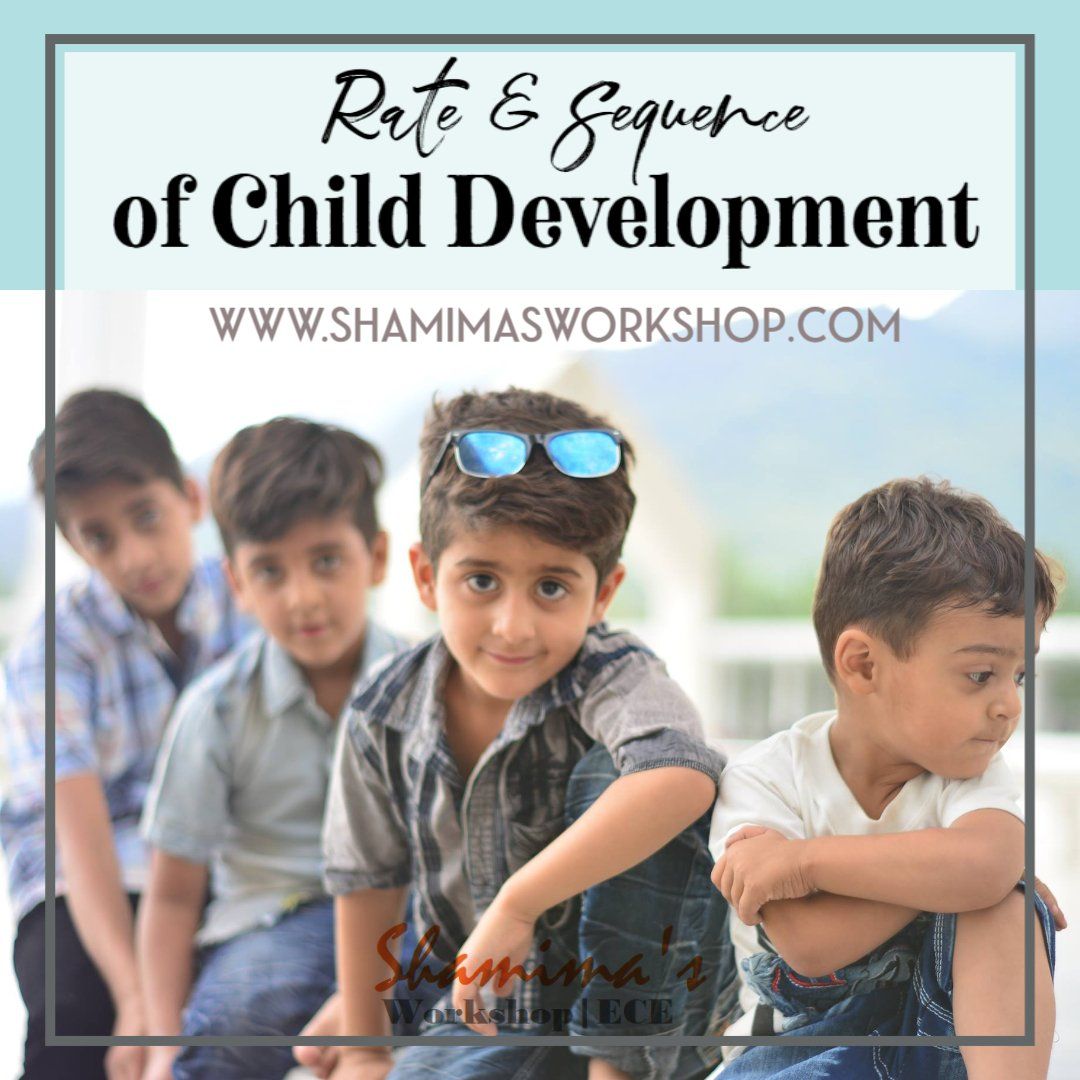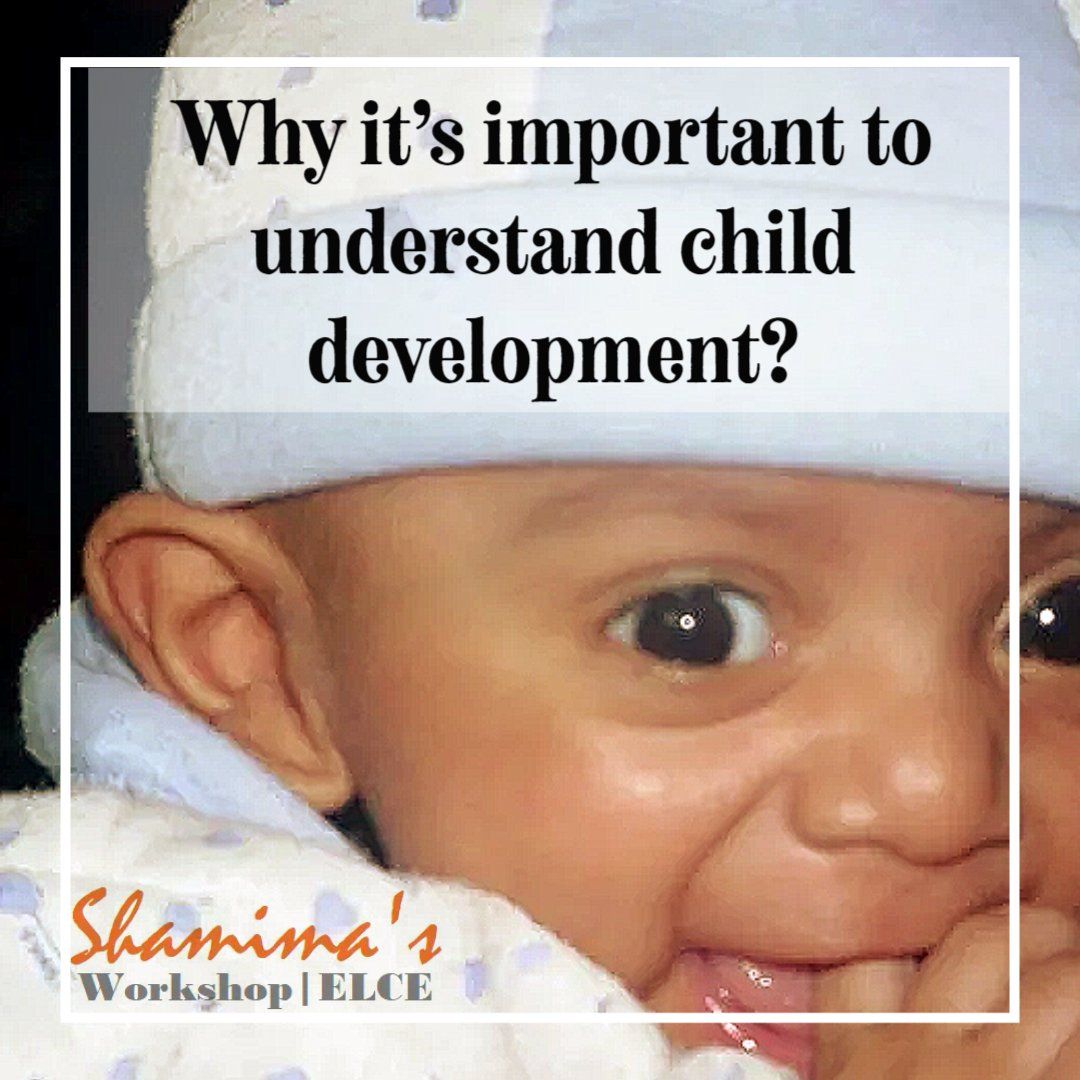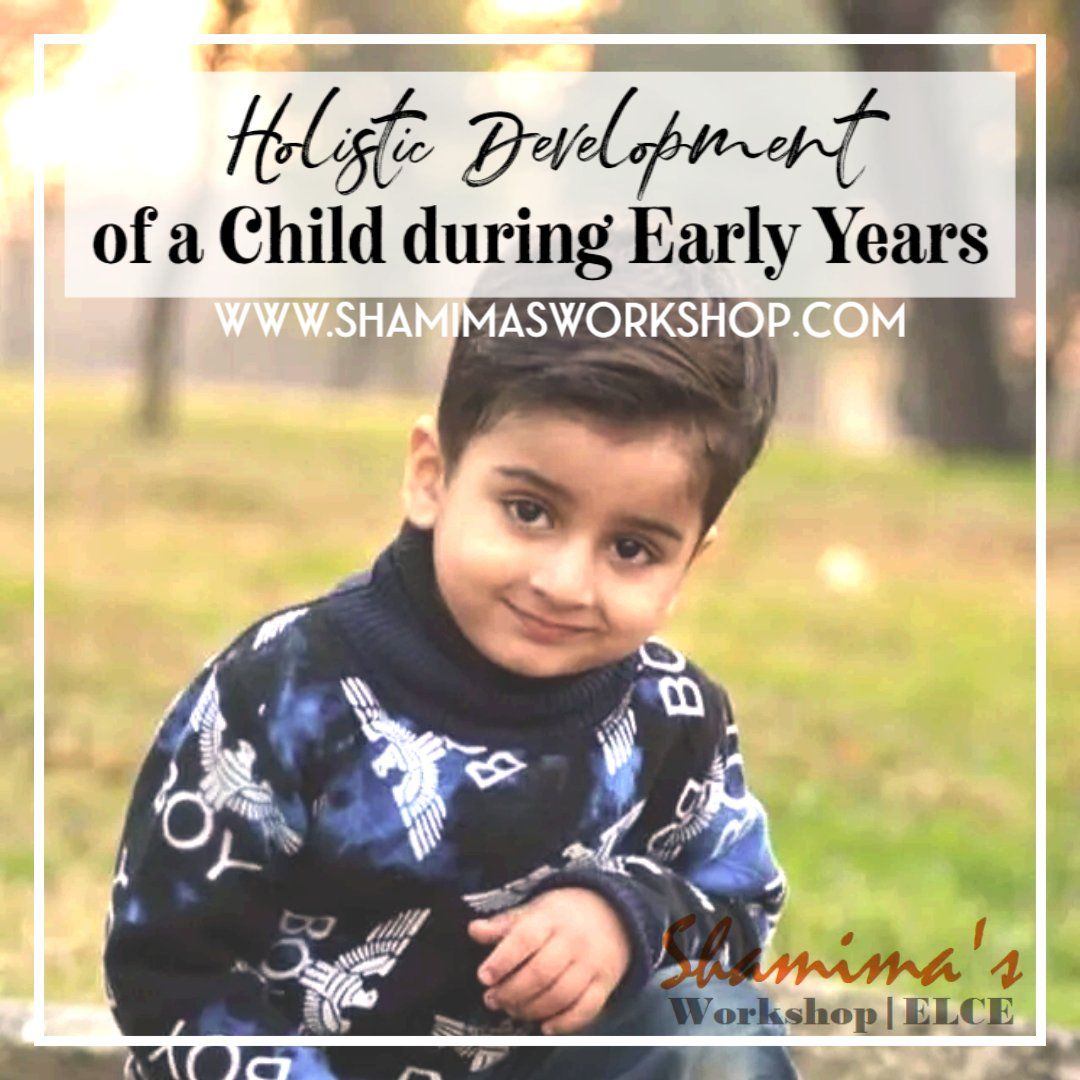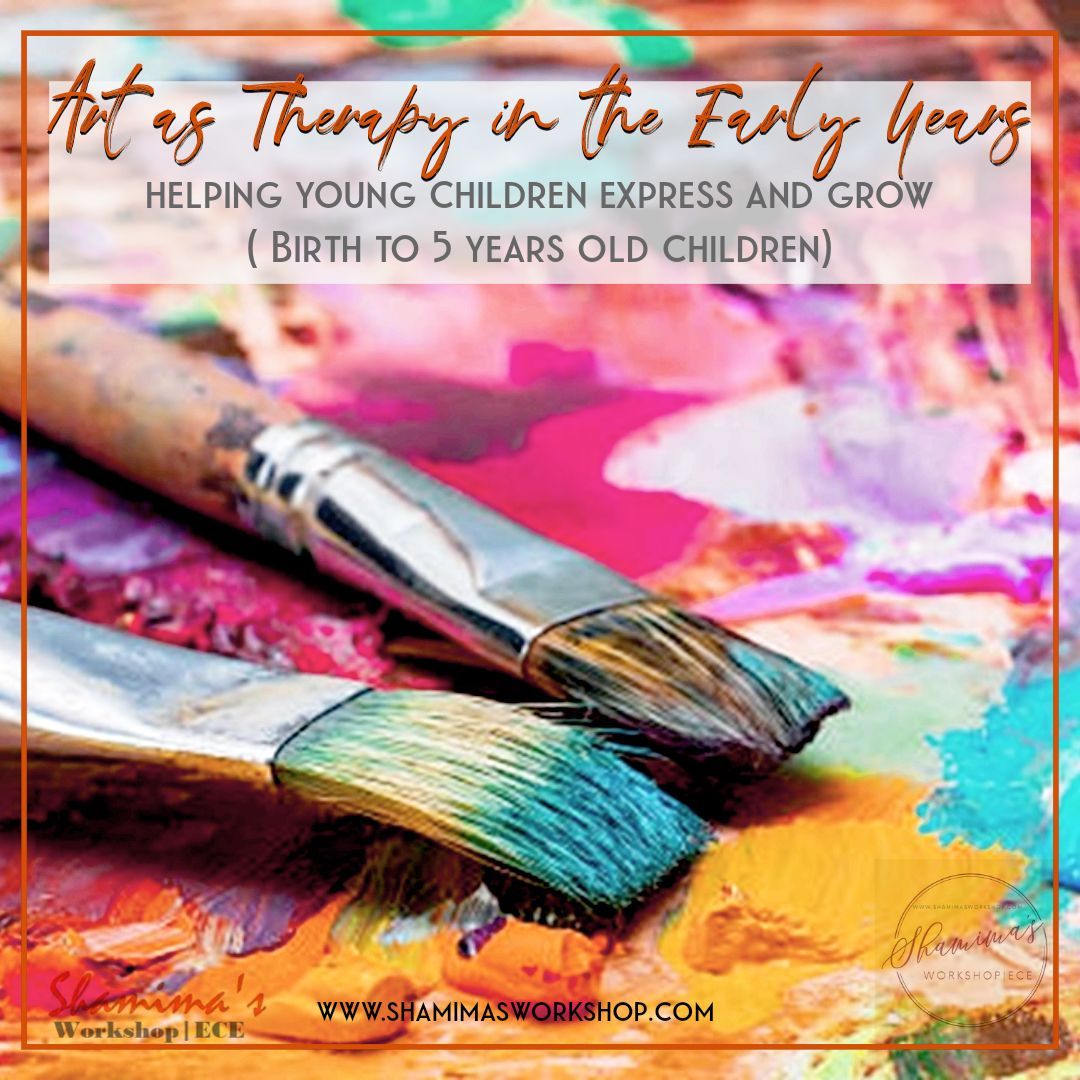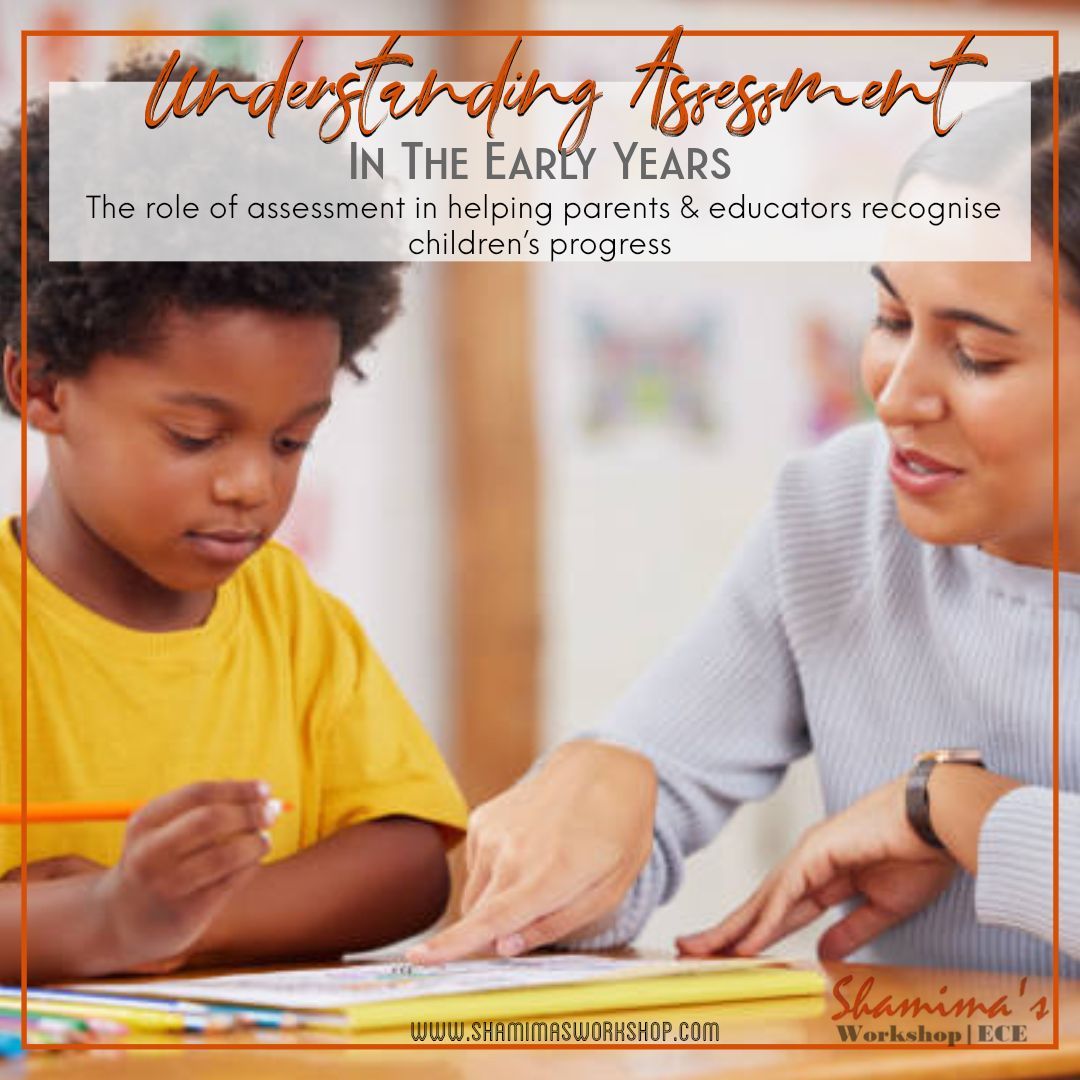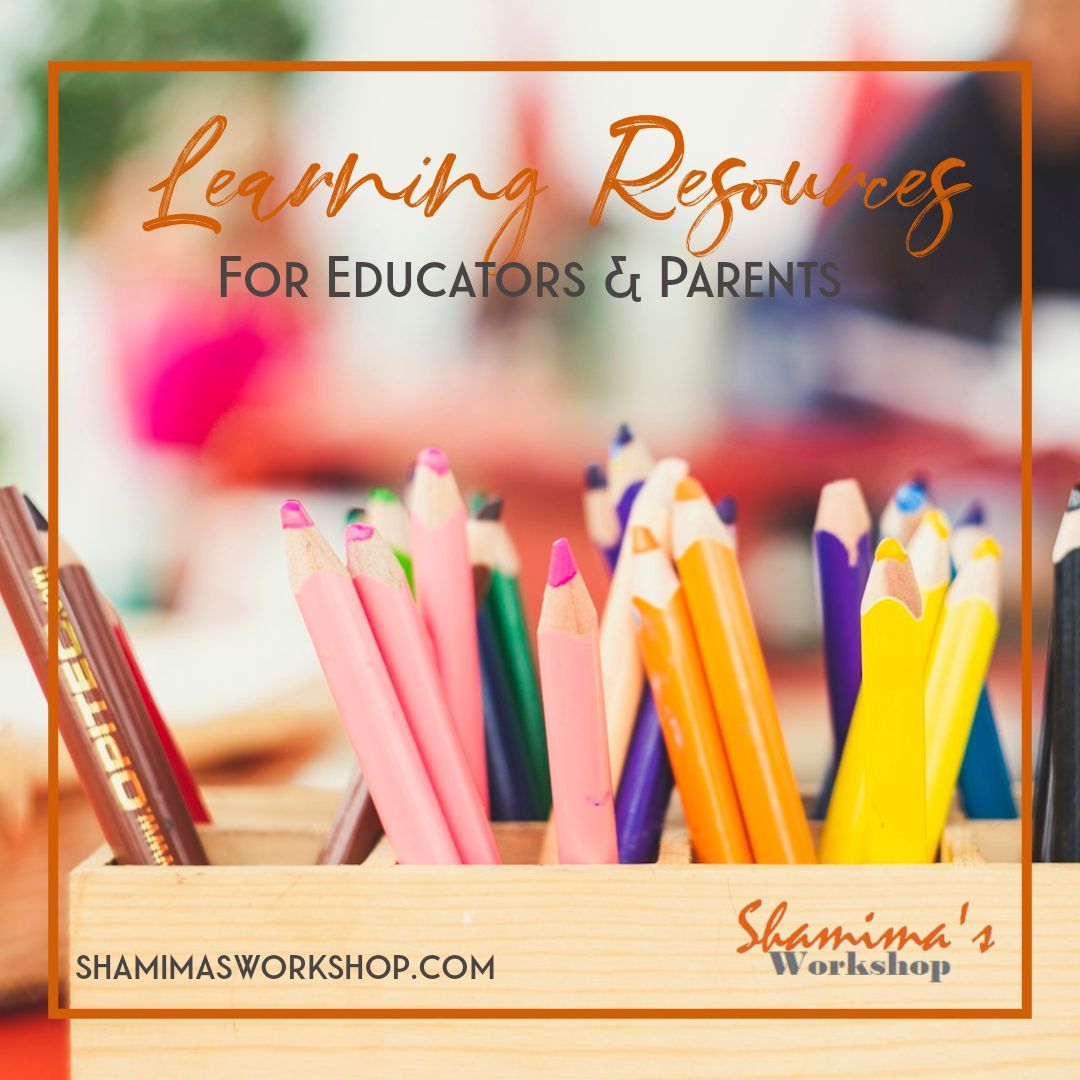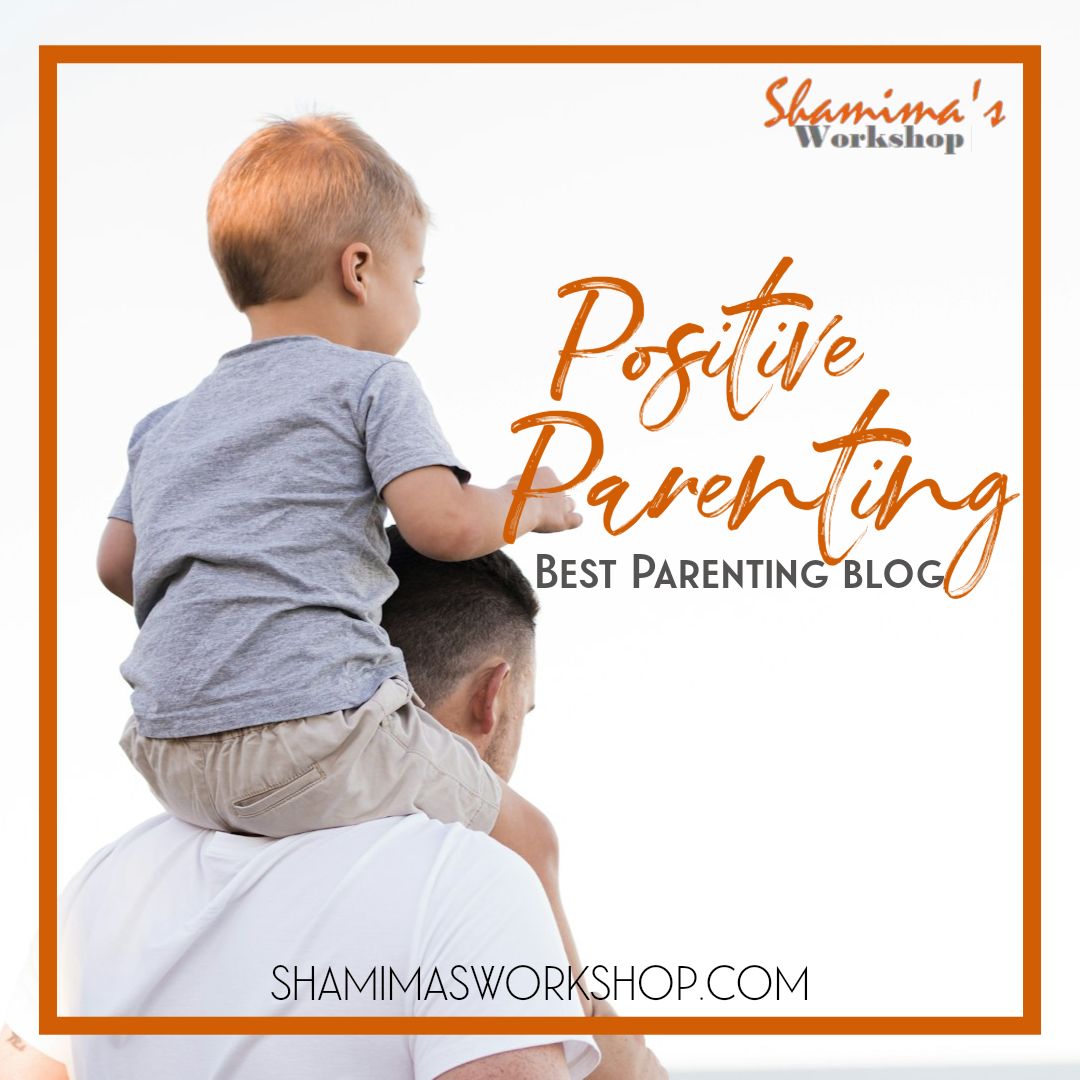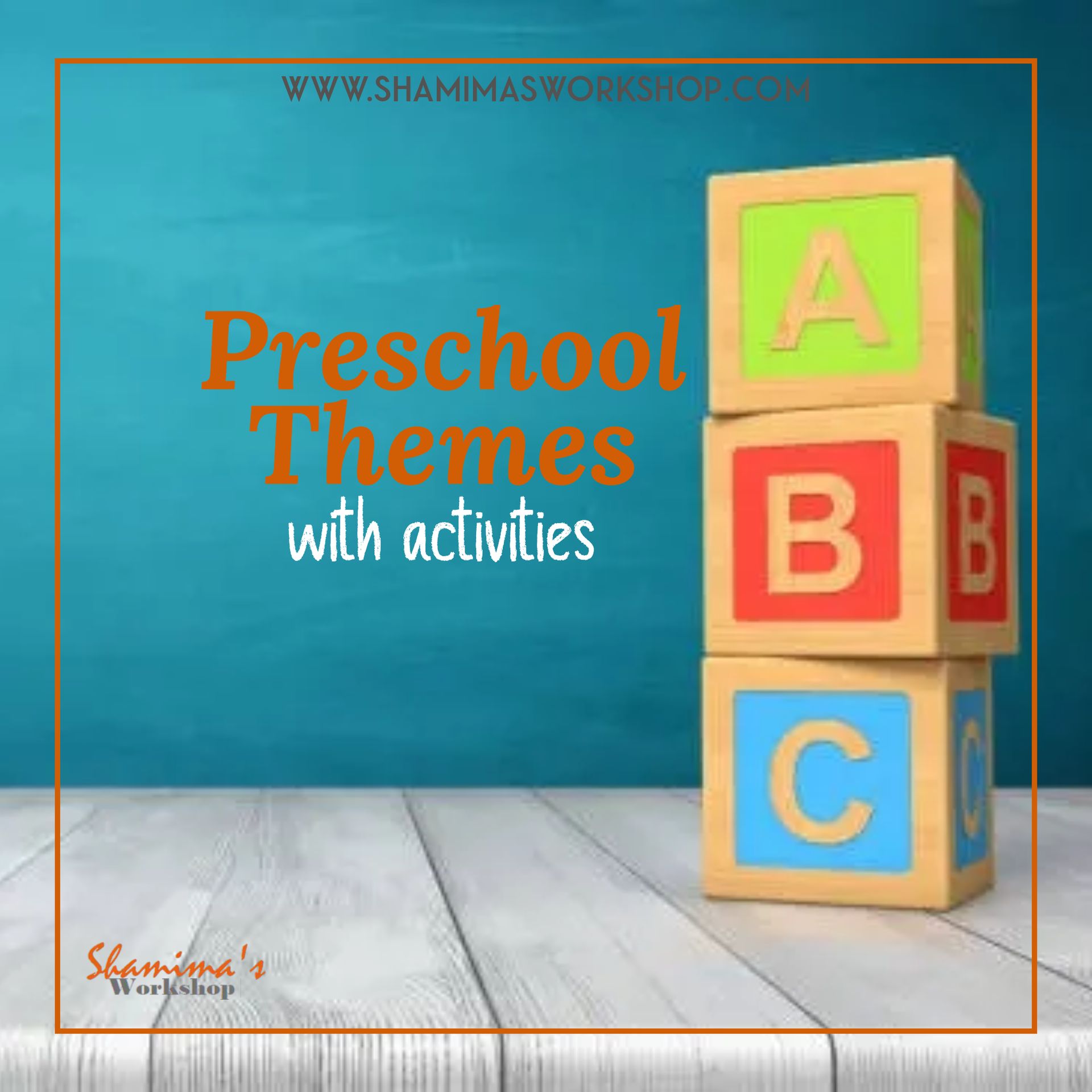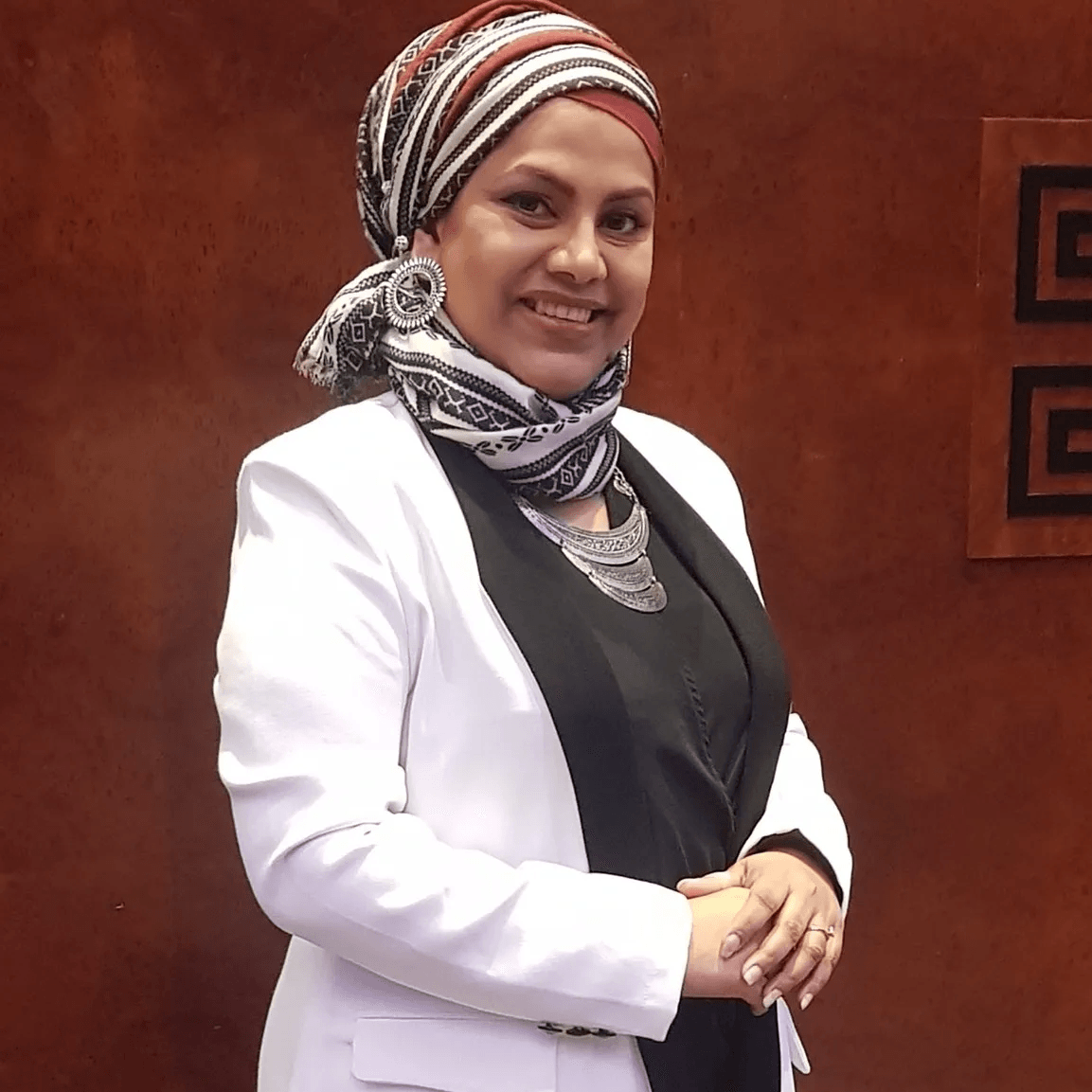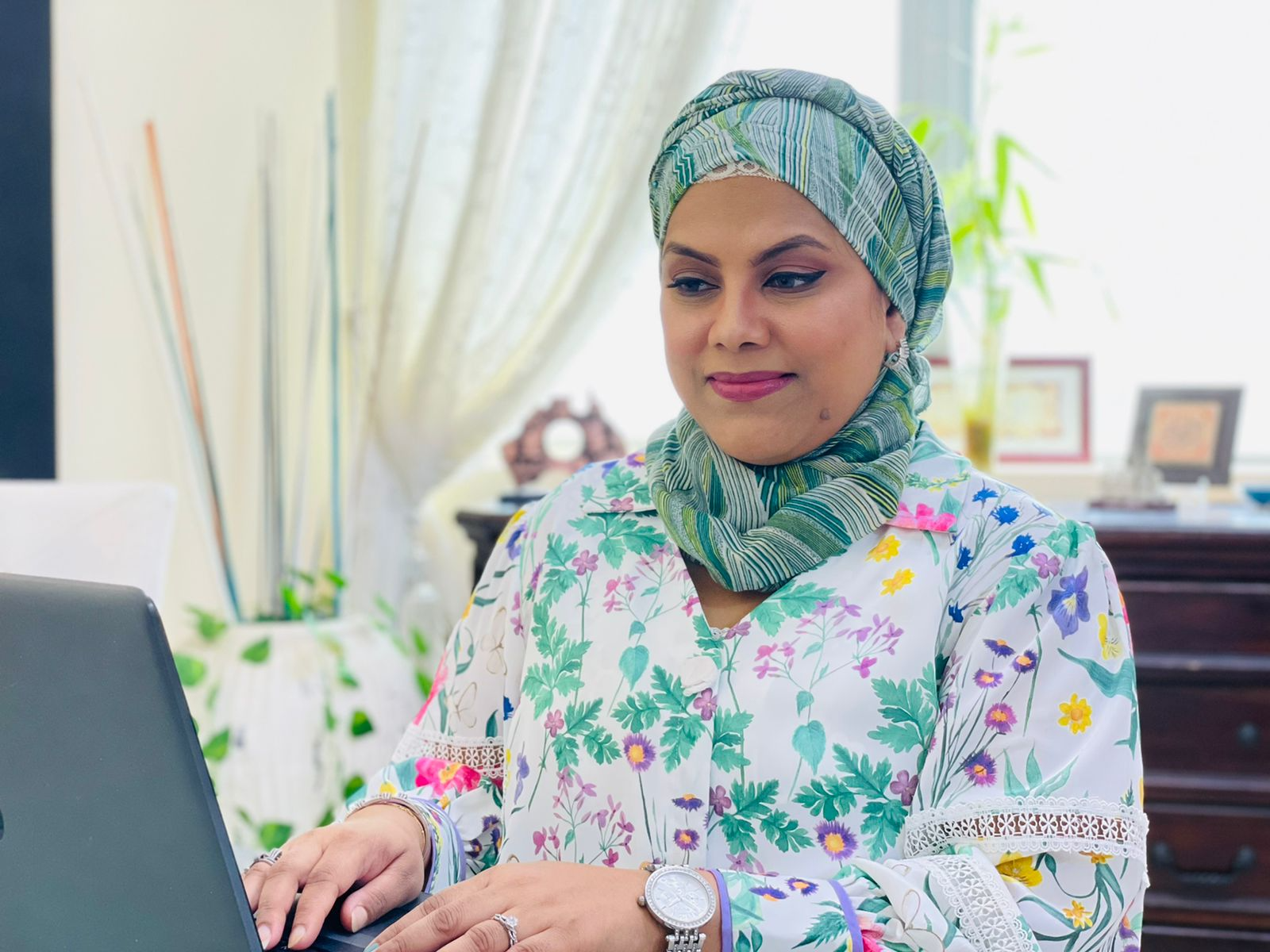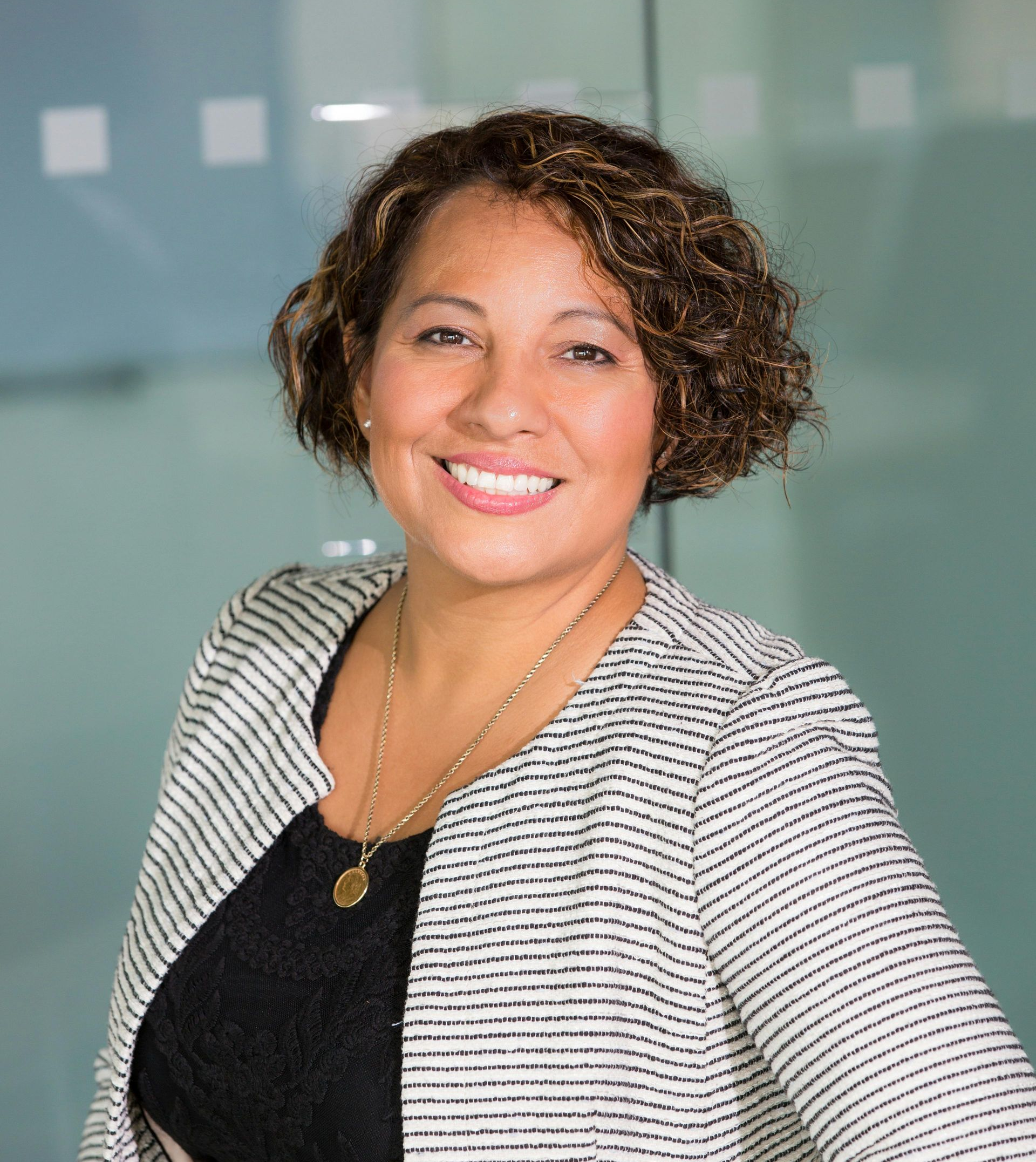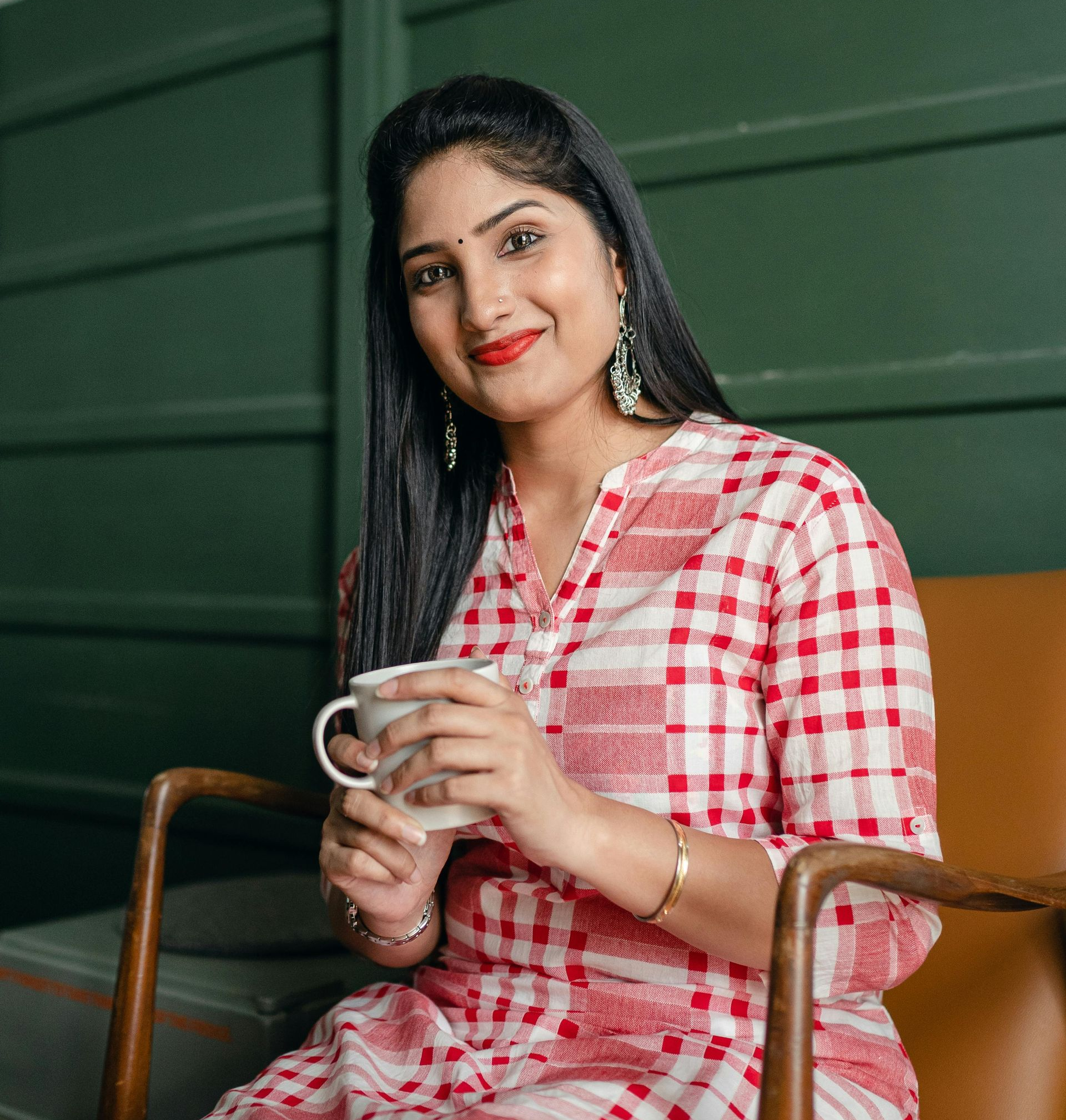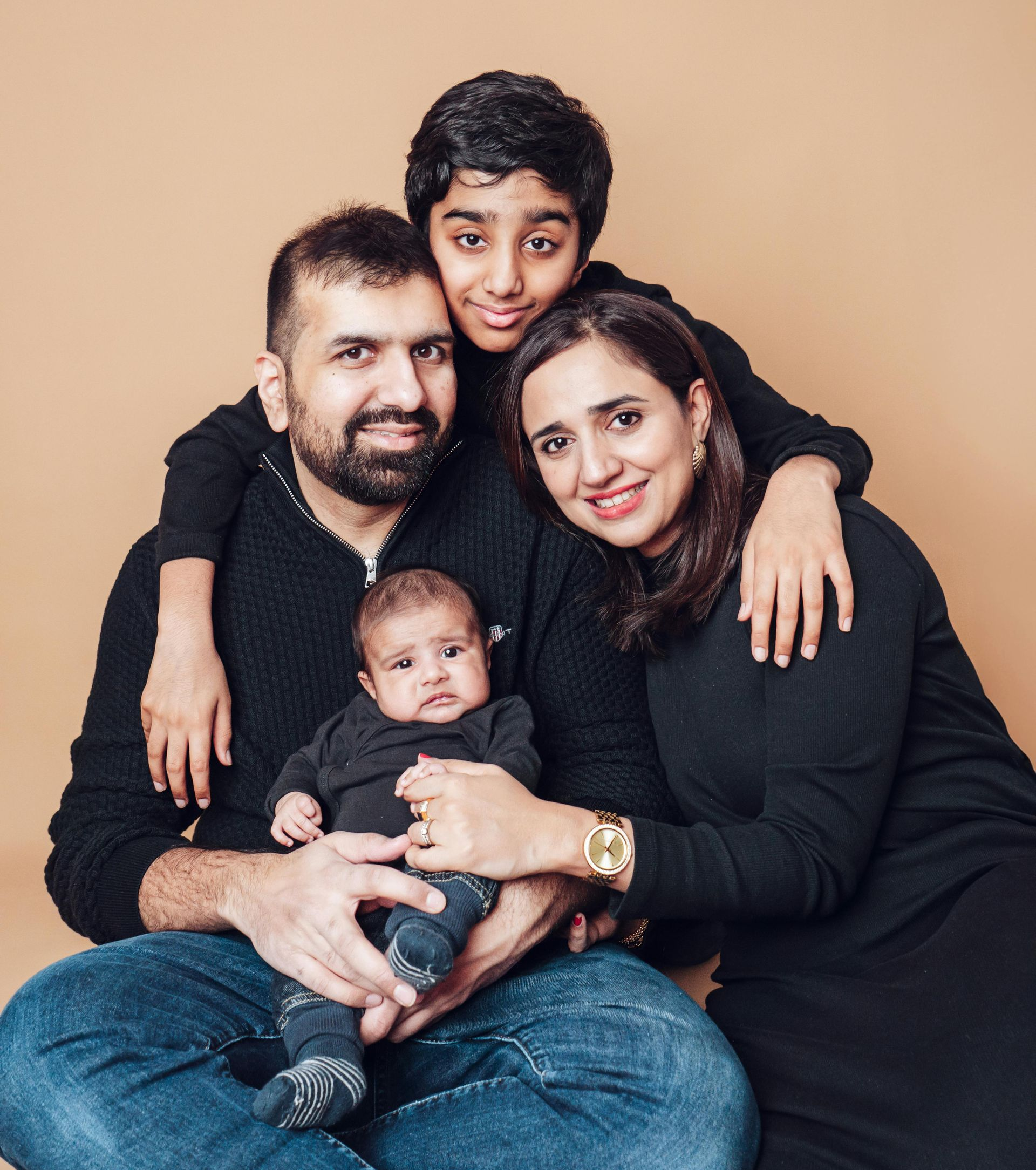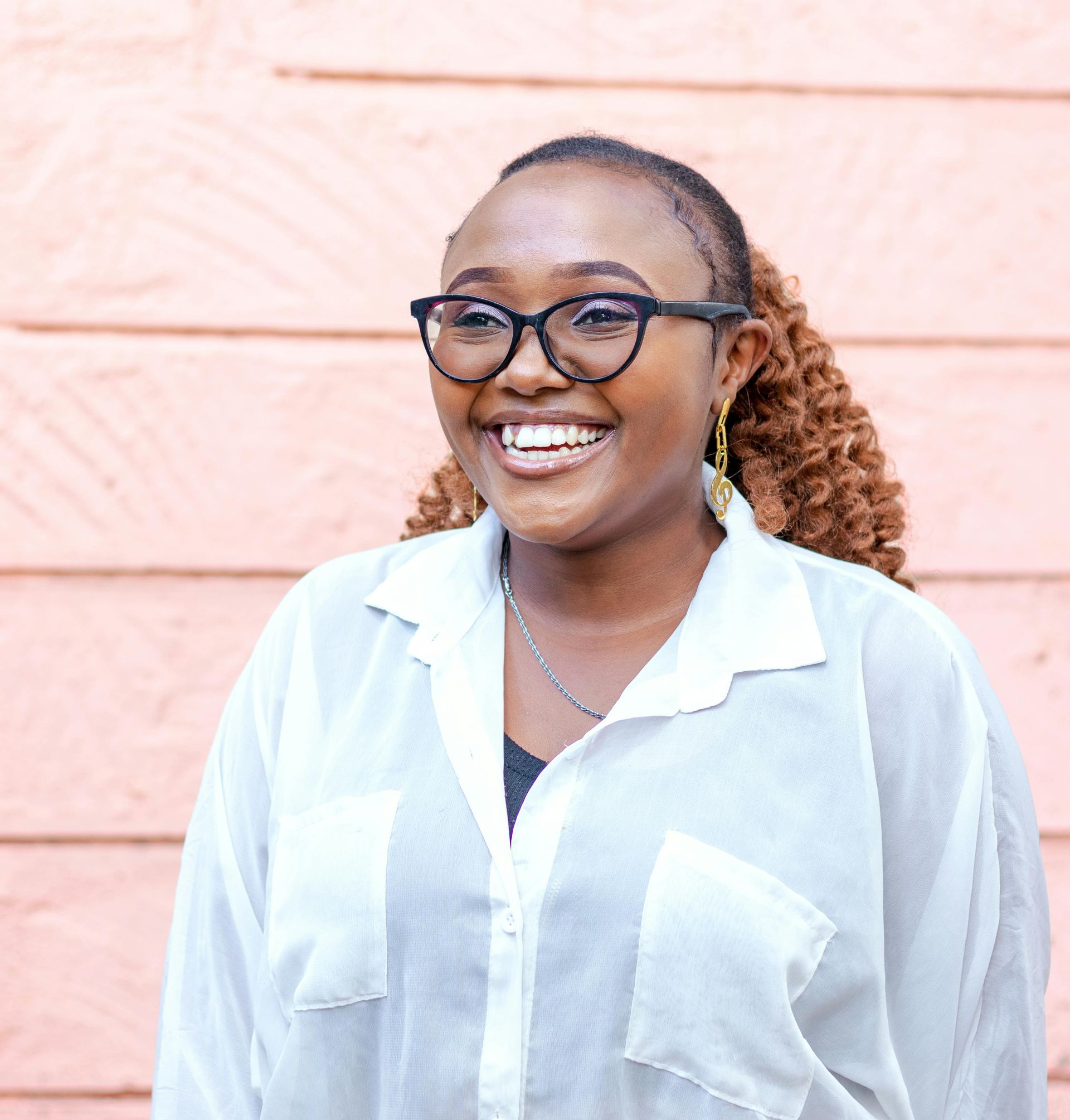Understand Child development: first five years
Understand child development—first five years
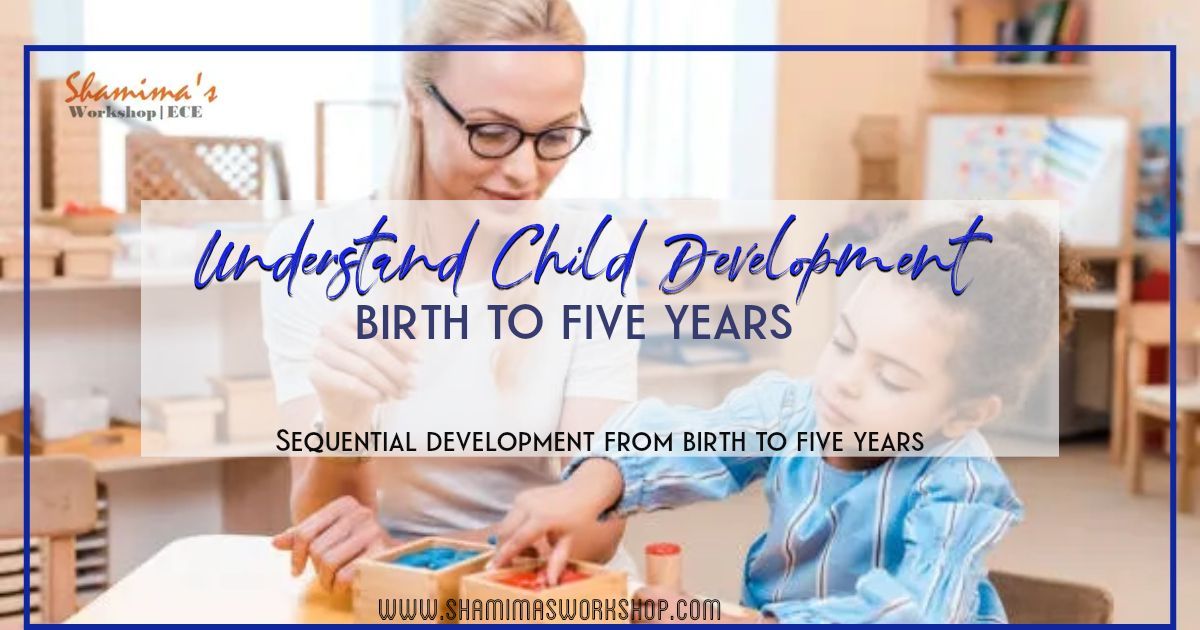
However, research has shown that only 25% of parents recognise the importance of the first five years; additionally, teacher training does not adequately cover the early years, despite the fact that children are still within this period when they begin school. This lack of awareness on both parts could cause failures to provide the best environments for children, and their progress could be limited. Click the following link to understand the importance of child development and key milestones for holistic development from birth to 5 years. You may support your child throughout these years of extremely rapid growth and development by paying attention to their unique cues. At each different stage of development, there are things that you can do to help. The milestones for each stage of development in the first five years are as follows:
From birth to three months
COMMUNICATION AND LANGUAGE:
- Babies use crying to express their needs, they start to make cooing sounds at around six weeks to show pleasure.
- The baby cries with anger to show they are tired, hungry, and to say they need to be changed.
- The baby is comforted by the voices of those who are close to them and will turn especially to the voices of close family members.
COGNITIVE DEVELOPMENT:
- The baby recognizes differing speech sounds.
- By three months, the baby can even imitate low- or high-pitched sounds.
- By three months, the baby links objects they know with the sound, e.g., the mother's voice and her face.
- The baby knows the smell of his or her mother from that of other mothers.
EMOTIONAL AND SOCIAL DEVELOPMENT :
- The baby shows enjoyment at caring routines such as bath time.
- The baby responds with obvious pleasure to loving attention and cuddles.
- The baby fixes his or her eyes unblinkingly on carer's face when feeding.
- The baby stays awake for longer periods of time.
PHYSICAL DEVELOPMENT :
Gross motor skills
- When lying supine, the baby's head is in a central position.
- The baby can now lift head and chest off bed in prone position, supported on forearms.
- There is almost no head lag in sitting position.
- The legs can kick vigorously, both separately and together.
- The baby can wave his or her arms and bring his or her hands together over the body.
Fine motor skills
- The baby turns her head towards the light and stares at bright or shiny objects.
- The baby will show interest and excitement by facial expression and will gaze attentively at carer's face while being fed.
- The baby will use his/her hand to grasp the carer's finger.
- The baby moves his or her head to follow adult movements.
- The baby watches his or her hands and plays with his or her fingers.
- The baby holds a rattle for a brief time before dropping it.
Three months to 12 months
During this period of profound growth and development, babies grow and change rapidly.
COMMUNICATION AND LANGUAGE DEVELOPMENT
From four to six months
- The baby starts talking more and more as they get more conscious of other people.
- As the baby listens, he or she imitates sounds he or she can hear and reacts to the tone of someone's voice. For example, the baby might become upset by an angry tone or cheered by a happy tone.
- The baby begins to use vowels, consonants and syllable sounds, e.g. 'ah', 'ee aw'
- The baby begins to laugh and squeal with pleasure.
From six to nine months
- Babble becomes tuneful, like the lilt of the language the baby can hear (except in hearing-impaired babies).
- Babies begin to understand words like 'up' and 'down', raising their arms to be lifted up, using appropriate gestures.
- The baby repeats sounds.
From nine to twelve months
- The baby can follow simple instructions, e.g. kiss Teddy.
- Word approximations appear, e.g. more typically'mumma', 'dadda', and 'bye-bye' in English-speaking contexts.
- The tuneful babble develops into 'jargon' and the baby makes his or her voice go up and down just as people do when they talk to each other. 'Really? Do you? No!' The babble is very expressive.
- The baby knows that words stand for people, objects, what they do, and what happens.
- Enjoys laughing and being playful with others.
COGNITIVE DEVELOPMENT:
- The baby is beginning to develop images. Memory develops and the baby can remember the past.
- The baby can anticipate the future. This gives the baby some understanding of routine daily sequences, e.g. after a feed, changing and a sleep with teddy.
- The baby imitates actions, sounds, gestures and moods after an event is finished, e.g. imitate a temper tantrum he or she saw a friend have the previous day, wave bye-bye remembering Grandma has gone to the shops.
EMOTIONAL AND SOCIAL DEVELOPMENT:
- The baby enjoys songs and action rhymes.
- The baby still likes to be near to a familiar adult.
- The baby can drink from a cup with help.
- The baby will play alone for long periods.
- The baby has and shows definite likes and dislikes at meal times and bedtimes.
- The baby thoroughly enjoys peek-a-boo games.
- The baby likes to look at himself or herself in a mirror (plastic safety mirror).
- The lape no that he or she la-s gret thing honk, ging bye bye- but there i often o
- The baby cooperates when being dressed.
PHYSICAL DEVELOPMENT:
From four to six months
Gross motor skills
- The baby is beginning to use a palmar grasp and can transfer objects from hand to hand
- The baby is very interested in all activities.
- Everything is taken to the mouth.
- The baby moves his or her head around to follow people and objects.
Fine motor skills
- The baby now has good head control and is beginning to sit with support.
- The baby rolls over from back to side and is beginning to reach for objects.
- When supine, the baby plays with his or her own feet.
- The baby holds his or her head up when pulled to a sitting position.
From six to nine months
Gross motor skills
- The baby can roll from front to back.
- The baby may attempt to crawl but will often end up sliding backwards.
- The baby may grasp feet and place them in his or her mouth.
- The baby can sit without support for longer periods of time.
- The baby may 'cruise' around furniture and may even stand or walk alone.
Fine motor skills
- The baby is very alert to people and objects.
- The baby is beginning to use a pincer grasp with thumb and index finger.
- The baby transfers toys from one hand to the other and looks for fallen objects.
- Everything is explored by putting it in his or her mouth.
From nine to twelve months
Gross motor skills
- The baby will now be mobile - may be crawling, bear-walking, bottom-shuffling, or even walking.
- The baby can sit up on his or her own and lean forward to pick up things.
- The baby may crawl upstairs and onto low items of furniture.
- The baby may bounce in rhythm to music.
Fine motor skills
- The baby's pincer grasp is now well developed, and he or she can pick things up and pull them towards him or her.
- The baby can poke with one finger and will point to desired objects.
- The baby can clasp hands and imitate adults' actions.
- The baby can throw toys deliberately.
- The baby can manage spoons and finger foods well.
There are things that you can do to help or support children of this age group:
It is recommended that you speak to your baby a lot during this phase, because hearing your voice will help your baby to develop communication skills. Other suggestions include, such as, short periods of tummy time to help strengthen your baby’s neck and back muscles — but make sure baby is awake and you’re close by for this playtime. Respond right away when your baby cries. Picking up and comforting a crying baby builds strong bonds between the two of you.
From 1 year to 3 years
PHYSICAL DEVELOPMENT:
During these years, children continue to need lots of sleep, good nutrition, and close, loving relationships with parents and caregivers.
From one year to two years
At 15 months: Gross motor skills
- The baby probably walks alone, with feet wide apart and arms raised to maintain balance. He or she is likely to fall over and often sit down suddenly.
- The baby can probably manage stairs and steps but will need supervision.
- The baby can get to standing without help from furniture or people and kneels without support.
Fine motor skills
- The baby can build with a few bricks and arrange toys on the floor.
- The baby holds a crayon in palmar grasp and turns several pages of a book at once.
- The baby can point to desired objects.
- The baby shows a preference for one hand but uses either.
At 18 months: Gross motor skills
- The child walks confidently and is able to stop without falling.
- The child can kneel, squat, climb, and carry things around with him or her.
- The child can climb onto an adult chair forward and then turn around to sit.
- The child can come downstairs, usually creeping backwards on his or her tummy.
Fine motor skills
- The child can thread large beads.
- The child uses pincer grasp to pick up small objects.
- The child can build a tower of several cubes.
- The child can scribble to and fro on paper.
From two years to three years
Gross motor skills
- The child is very mobile and can run safely.
- The child can climb up onto furniture.
- The child can walk up and down stairs, usually two feet to a step.
- The child tries to kick a ball with some success but cannot catch yet.
Fine motor skills
- The child can draw circles, lines, and dots, using their preferred hand.
- The child can pick up tiny objects using a fine pincer grasp.
- The child can build a tower of six or more blocks (bricks) with a longer concentration span.
- The child enjoys picture books and turns pages singly.
COMMUNICATION & LANGUAGE DEVELOPMENT:
From one year to two years
- The child begins to talk with words or sign language.
- By 18 months, the child enjoys trying to sing as well as to listen to songs and rhymes. Action songs are much loved.
- Books with pictures are of great interest. The child points at and often names parts of their body, objects, people, and pictures in books.
- The child echoes the last part of what others say (echolalia).
From two years to three years
- Children are rapidly becoming competent speakers of the languages they experience.
- The child overextends the use of a word, e.g. all animals are called 'doggie'
- The child talks about an absent object when reminded of it; eg, seeing an empty plate, they say biscuit'.
- The child uses phrases (telegraphese), 'doggie-gone and the child calls himself or herself by name.
- The child spends a great deal of energy naming things and what they do - e.g. 'chair'—and as they go up a step, they might say 'up'.
- The child can follow a simple instruction or request, e.g. 'Could you bring me the spoon?'
- The child increasingly wants to share songs, dance, conversations, and finger rhymes.
COGNITIVE DEVELOPMENT:
- The child has improved memory skills, which helps his or her understanding of concepts (e.g. the child can often name and match two or three colours - usually yellow and red).
- The child can hold a crayon and move it up and down.
- The child understands cause and effect (e.g., if something is dropped, he or she understands it might break).
EMOTIONAL AND SOCIAL DEVELOPMENT:
- The child is impulsive and curious about their environment.
- Pretend play develops rapidly when adults encourage it.
- The child begins to be able to say how he or she is feeling, but often feels frustrated when unable to express himself or herself.
- The child can dress himself or herself and go to the lavatory independently, but needs sensitive support in order to feel success rather than frustration.
- By two and a-half years, the child plays more with other children, but may not share his or her toys with them.
There are things that you can do to help or support children of this age group:
It is recommended that you offer this advice for creating a safe, nurturing space to maximize your child’s early growth and development:
- Create predictable routines and rituals to keep your child feeling secure and grounded.
- Toddler-proof your home and yard so kids can explore safely.
- Use gentle discipline to guide and teach children. Avoid hitting, which can cause long-term physical and emotional harm.
- Sing, talk, and read to your toddler to boost their vocabularies.
- Watch your child for cues about the warmth and reliability of all caregivers.
- Take good care of yourself physically and emotionally, because your child needs you to be healthy.
Three years to five years
During these pre-school years, children grow more and more independent and capable. Their natural curiosity is likely to be stimulated because their world is expanding: new friends, new experiences, new environments like daycare or kindergarten.
COMMUNICATION & LANGUAGE DEVELOPMENT :
From three years to four years
- The child begins to use plurals, pronouns, adjectives, possessives, time words, tenses, and sentences.
- The child might say 'two times' instead of 'twice'. The child might say 'I goed there' instead of 'I went there'.
- The child loves to chat and ask questions (what, where and who).
- The child enjoys much more complicated stories and asks for his or her favourite ones over and over again.
- It is not unusual for the child to stutter because he or she is trying so hard to tell adults things. The child's thinking goes faster than the pace at which the child can say what he or she wants to. The child can quickly become frustrated.
From four years to five years
- During this time the child asks why, when, and how questions as he or she becomes more and more fascinated with the reasons for things and how things work (cause and effect).
- Past, present, and future tenses are used more often.
- The child can be taught to say his or her name, address, and age.
- As the child becomes more accurate in the way he or she pronounces words and begins to use grammar, the child delights in nonsense words that he or she makes up and jokes using words.
COGNITIVE DEVELOPMENT
- At about age four, the child usually knows how to count - up to 20.
- The child also understands ideas such as 'more' and 'fewer', and 'big' and 'small'.
- The child will recognise his or her own name when it is written down and can usually write it.
- The child can think backward and forward much more easily than before.
- The child can also think about things from somebody else's point of view, but only fleetingly.
- The child often enjoys music and playing sturdy instruments, and joins in groups singing and dancing.
EMOTIONAL AND SOCIAL DEVELOPMENT:
- The child likes to be independent and is strongly self-willed.
- The child shows a sense of humour.
- The child can undress and dress him- or herself - except for laces and back buttons.
- The child can wash and dry his or her hands and brush their teeth.
PHYSICAL DEVELOPMENT:
From Three years to four years
Gross motor skills
- The child can jump from a low step.
- The child can walk backwards and sideways.
- The child can stand and walk on tiptoe and stand on one foot.
- The child has good spatial awareness.
- The child rides a tricycle, using pedals.
- The child can climb stairs with one foot on each step and downwards with two feet per step
Fine motor skills
- The child can build tall towers of bricks or blocks.
- The child can control a pencil using thumb and first two fingers—a dynamic tripod grasp.
- The child enjoys painting with a large brush.
- The child can use scissors to cut paper.
- The child can copy shapes, such as a circle.
From four years to five years
Gross motor skills
- A sense of balance is developing - the child may be able to walk along a line.
- The child can catch, kick, throw, and bounce a ball.
- The child can bend at the waist to pick up objects from the floor.
- The child enjoys climbing trees and frames.
- The child can run up and down stairs, one foot per step.
Fine motor skills
- The child can build a tower of bricks and other constructions too.
- The child can draw a recognisable person on request, showing head, legs, and trunk.
- The child can thread small beads on a lace.
There are things that you can do to help or support children of this age group:
It is recommended that you have strong parent-child bonds, good nutrition, adequate sleep, routines, and a safe, nurturing environment that will help to ensure that children develop as they should.
- Keep reading to your child daily.
- Show them how to do simple chores at home.
- Be clear and consistent with your expectations, explaining what behaviors you want from your child.
- Speak to your child in age-appropriate language.
- Help your child problem solve when emotions are running high.
- Supervise your child in outdoor play spaces, especially around water and play equipment.
- Allow your child to have choices about how to interact with family members and strangers.
In conclusion, understanding the stages of child development can help parents and practitioners provide the appropriate support and care for their children. Each stage is essential and builds upon the previous stage, leading to a well-rounded individual. If you are concerned about a child’s progress, keep notes about the time periods of milestones that they have reached, and speak to your GP or health visitor. Identifying delays early on can be extremely helpful.
YOU MIGHT ALSO LIKE
Welcome
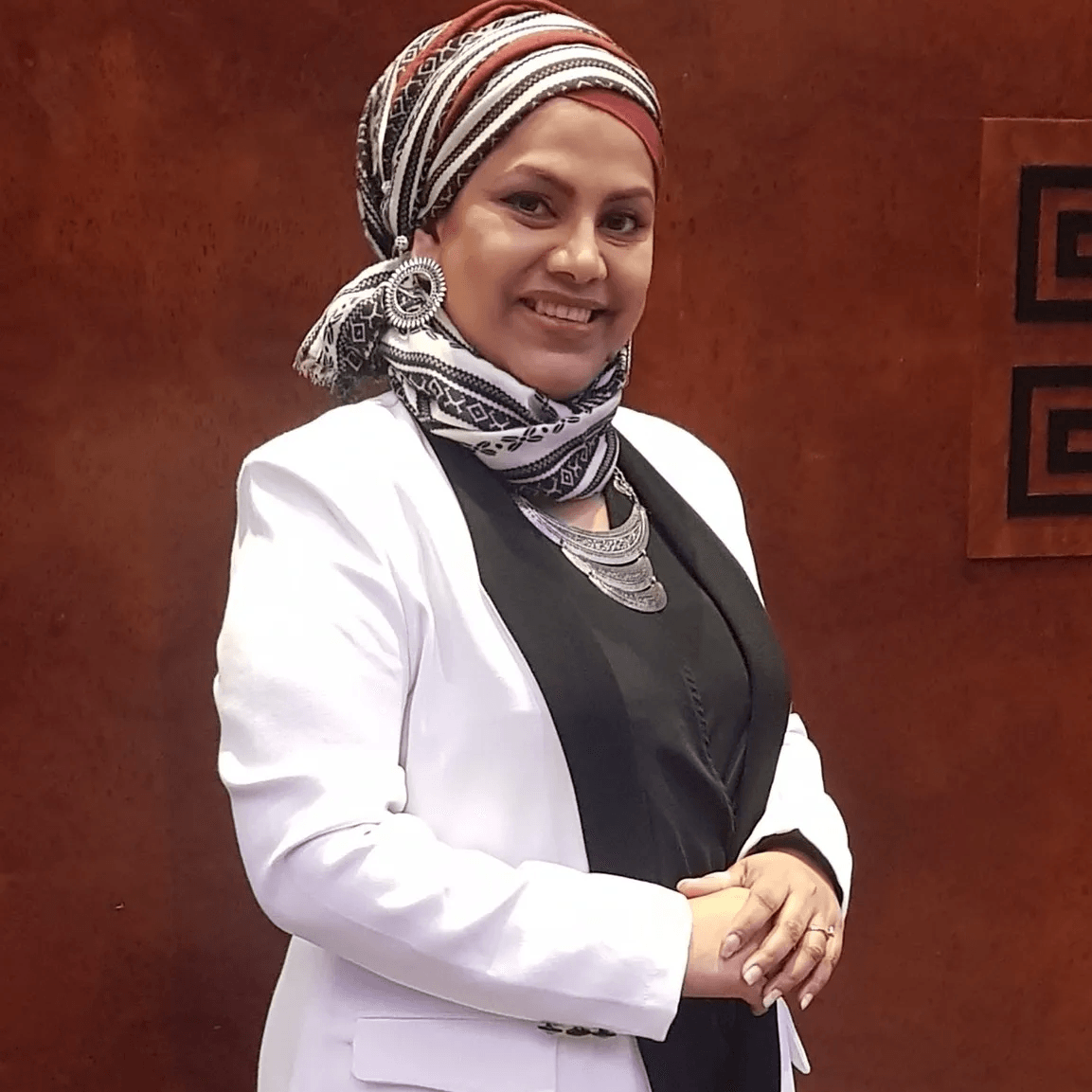
Hi, i am Shamima Fowzee, an early years educator, trainer and consultant. I Share ideas, inspiration, & resources for play-based, inquiry-led learning. Find out more about me here.
SHOP NOW
RECENT POST
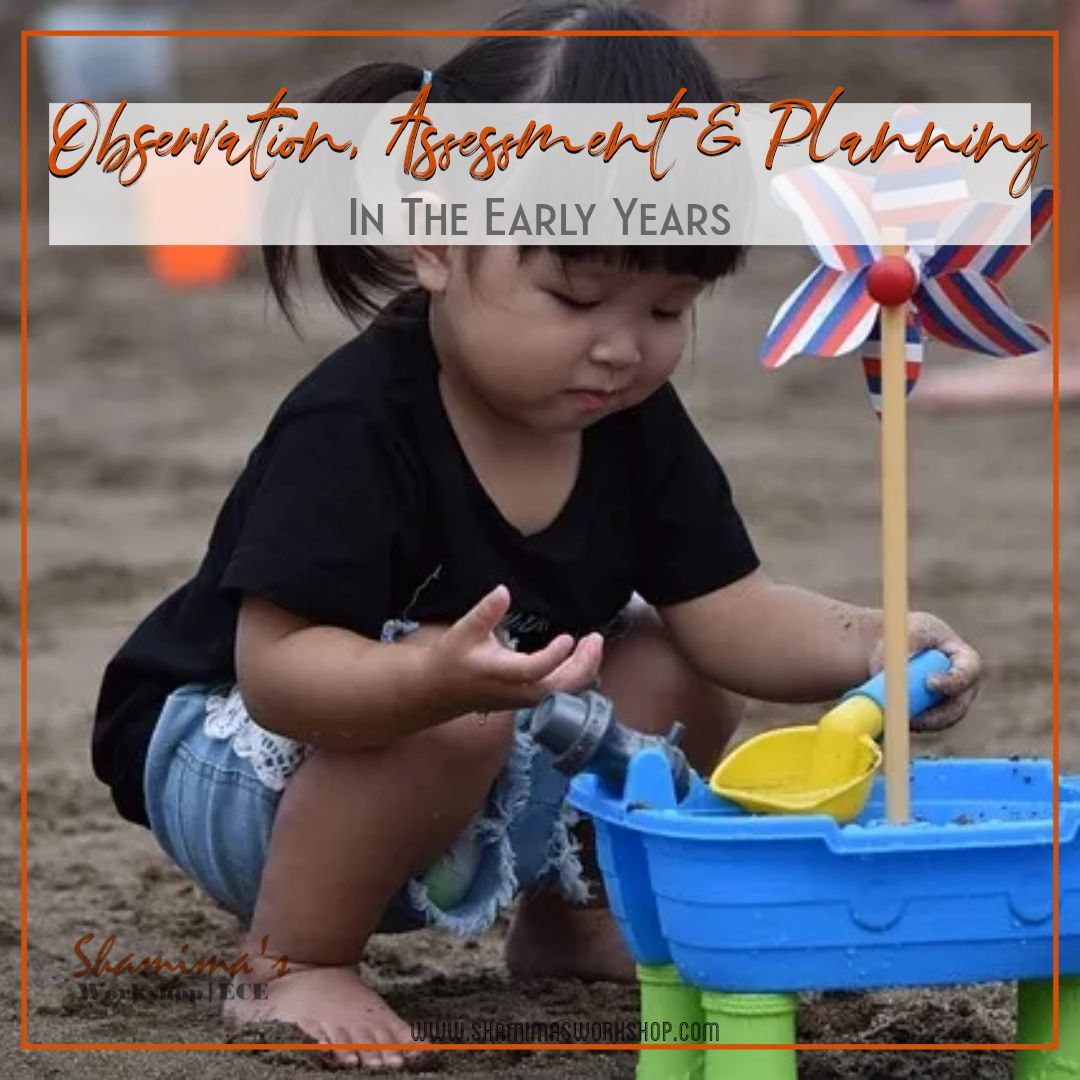
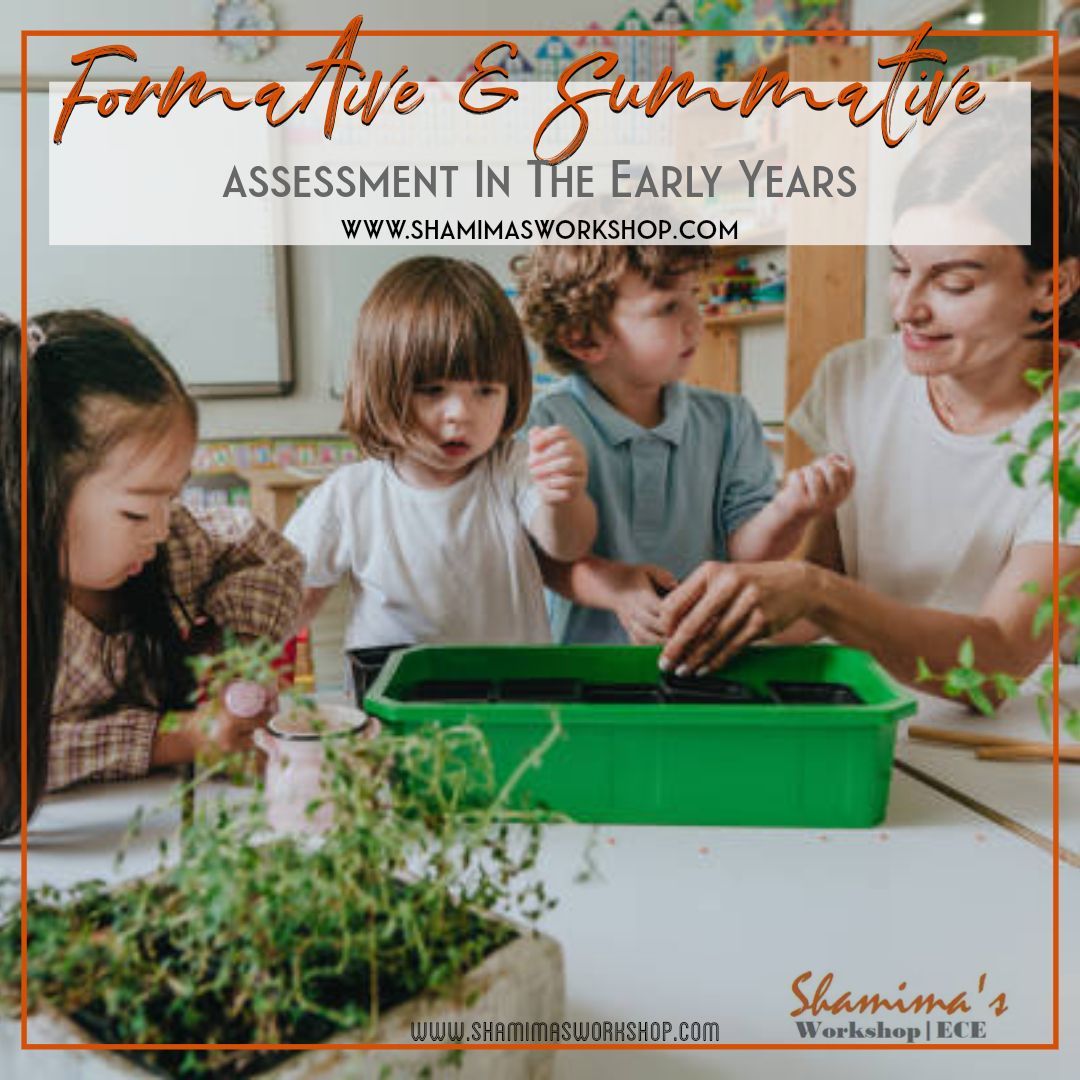
How can I thank you? Spread the word!
For everyone who is passionate about the importance of Early Years.

